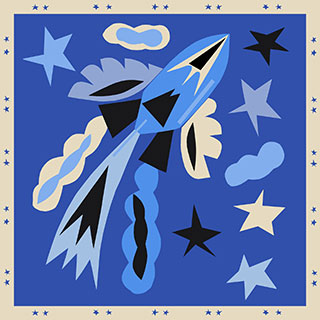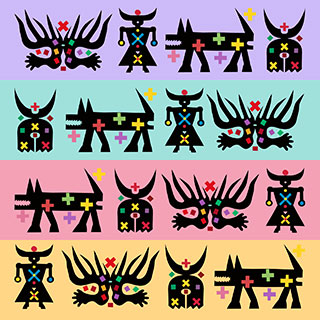An Account of Imagination
The religious reflections of the Greeks, preserved in a few fragments, seem to allude to knowledge known only to the initiated, but much older than that passed on to us by Orpheus, Musaeus, Hesiod or noble Homer. Nowadays our need for contact with the wisdom of the ancients is partly satisfied by the widely available literature in Ancient Greek. It is, however, relatively young and what is worse, very modest, given that, according to scholarly analyses, only a few percent of its texts have survived to our times.
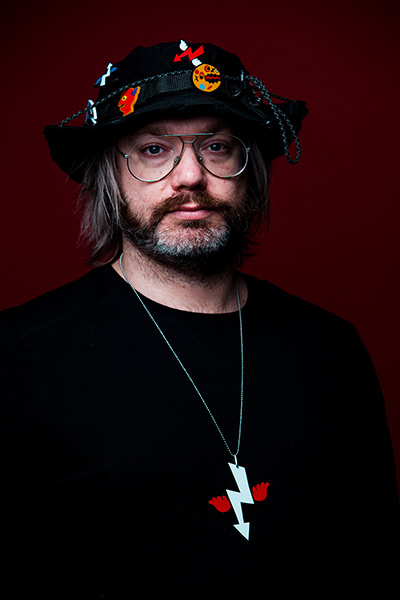
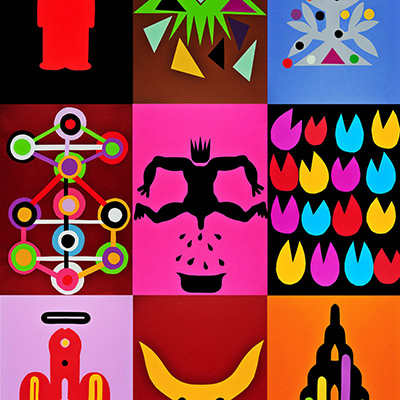

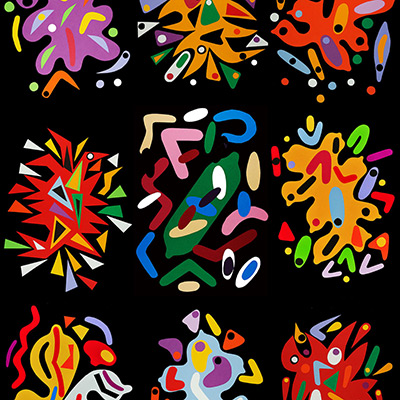
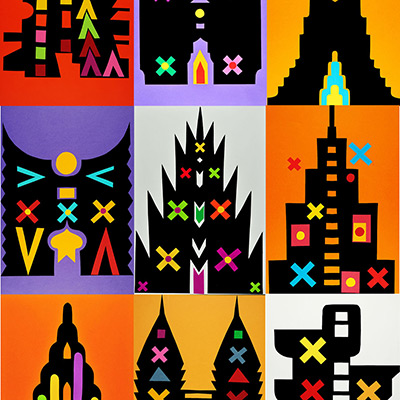
So far, the search for the proto-language as we know it have seemed to be finished, not to say closed, because the lack of new monuments of writing or epigraphy was tantamount to the lack of new research sources for studying the original forms of communication.
It was only the sensational discovery of a codex of chromaglyphs (colourful sacred symbols) hidden in the vaults of one of the Neapolitan churches, built on the ruins of a Greek temple of Eros, dedicated to the Martyrs of Insatiable Love, allowed for the discovery of a historical monument reaching back to the furthest deposits of Western culture and representing a record of the mythical language of creation. There is much to suggest that the find, a collection of less than five thousand colourful symbols gathered in thirteen codices is a code already sought after in antiquity – the code used by the deity in the process of creating the world. God created the world in his head, heard and testicles (the divine triad), by imagining future entities in his head, in the form of colourful symbols that tickled the testicles and moved the heart. These images were, as it were, negatives “developed” in the phenomenal world as physical proto-figures – the “positives” of everything that lives. Ergo, what the deity revealed within itself from nothingness then took on a physical form at the stage of the creation of the phenomenal world, thanks to the effect of sunlight, which illuminated it and made it present, thus being the first catalyst of life in the process of passing from potency to act.

This divine code was captured, recognised and recorded by chromagrapher writers, who, by divine appointment and using sacred pigments, kept an account of divine imagination – recording epiphany after epiphany – the successive levels of the emanation of divine creation.
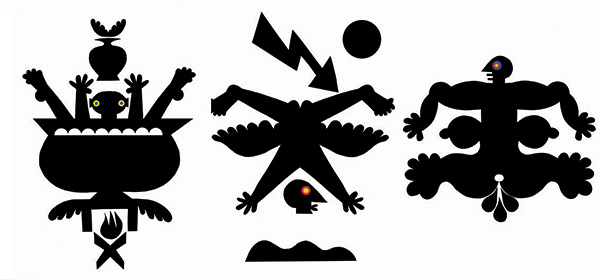
It seems that the study, contemplation, and reflection on this set of colourful symbols leads to the understanding of the mysterious relationship of multiplicity and unity, and thus to the knowledge of Divinity, which, being unity, is at the same time the source of the continuously emanating multiplicity. The paradoxicality is part of the essence of divine creation. There are many indications that the multiplicity and diversity recorded in the codices of colourful signs and symbols is also an attempt to grapple with recording that which seemingly cannot be written down – changeability; therefore, the task of a chromagrapher demanded not only the highest spiritual and intellectual competences, but also the highest devotion. Someone who records the changeability of a pulsating god cannot, after all, be bothered with the constancy of mortal views, which only serve to hinder the imagination. For their service, the chromagraphers had the honour of a divine death – they did not die like ordinary people, but instead, death for them was synonymous with an immediate union with the subject of their contemplation. Scholars have found a puzzling note by a medieval scholiast in the margins of one of the codices, which seems to clearly indicate the enormous importance of the codex being viewed and commented on: “extra colorem nulla salus”, which, loosely translated, can be understood to mean that only the perception of and intoxication with the colourfulness of creation can constitute for a person the via regia (royal road) to temporal happiness.



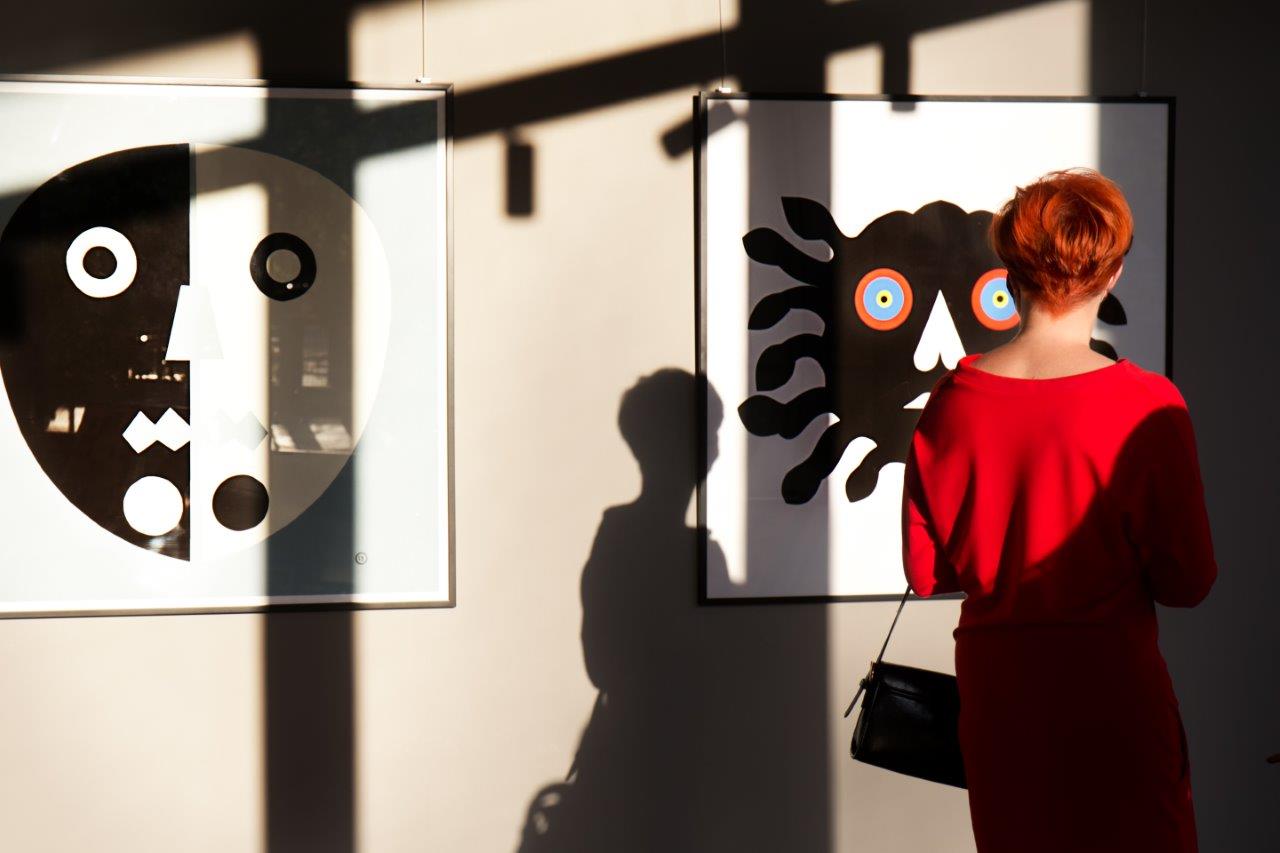
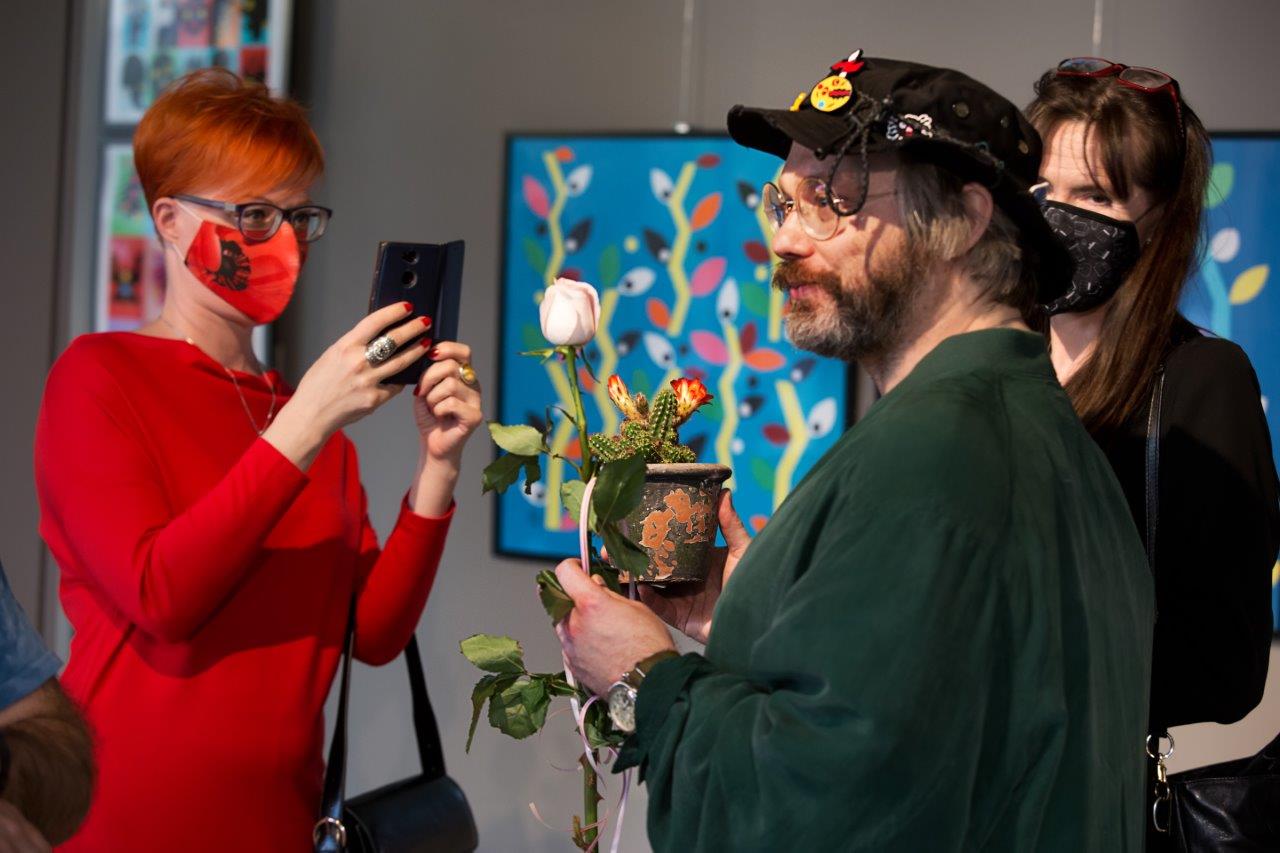

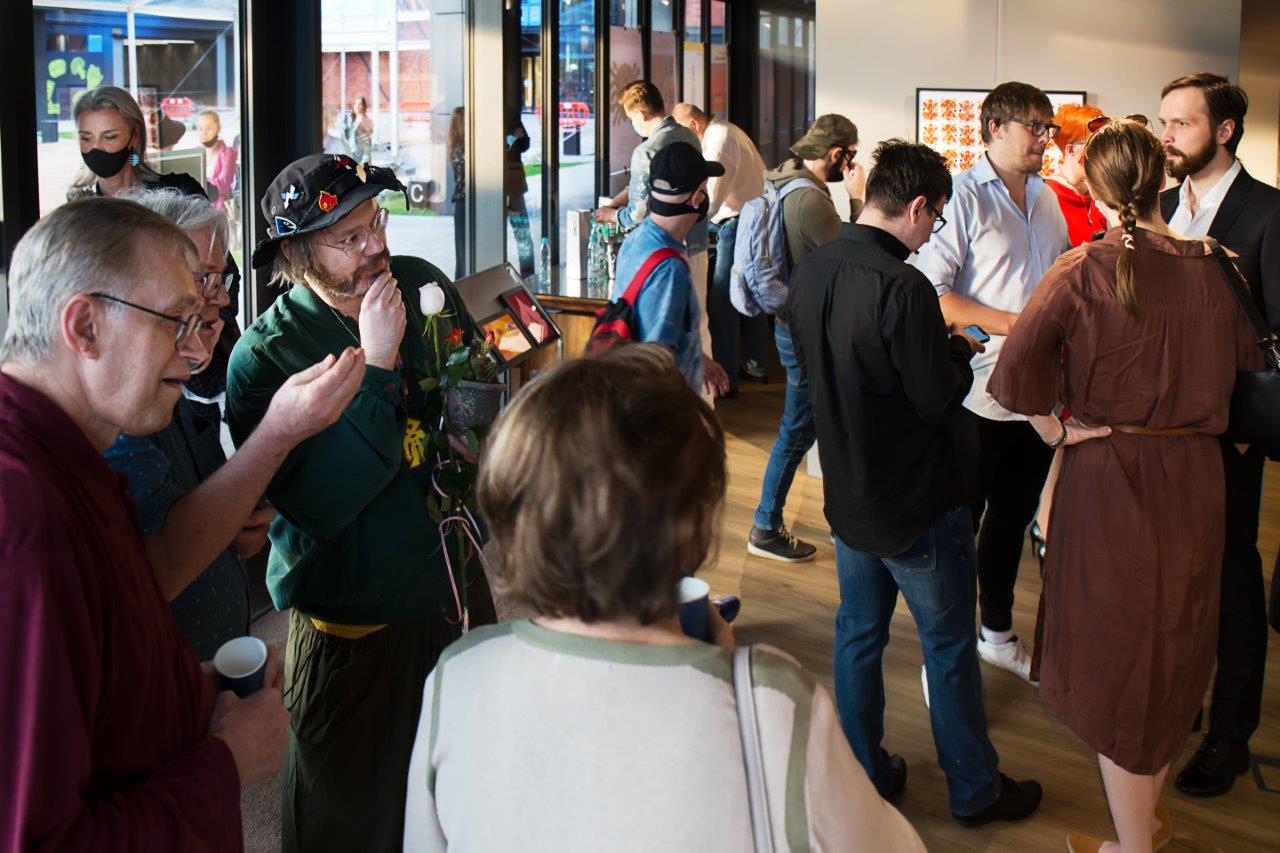

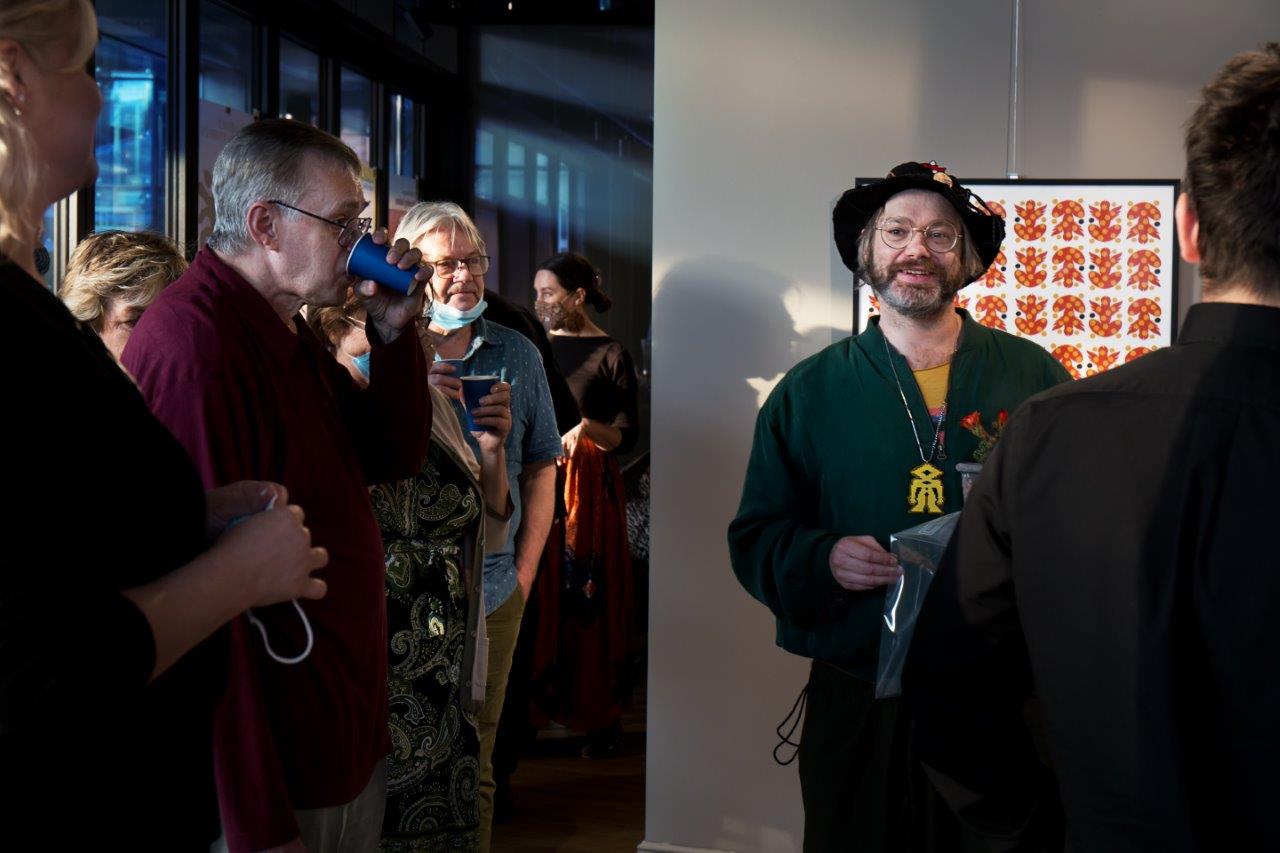

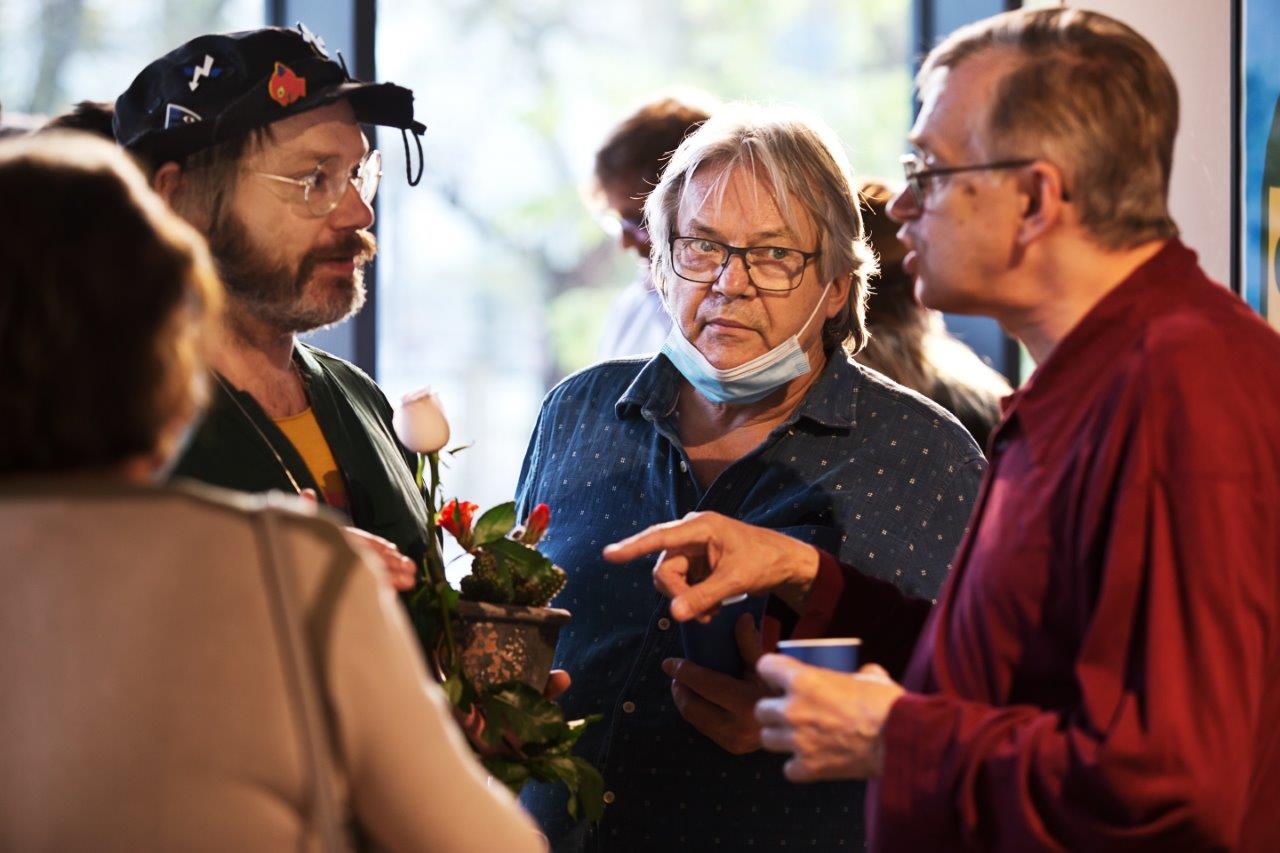
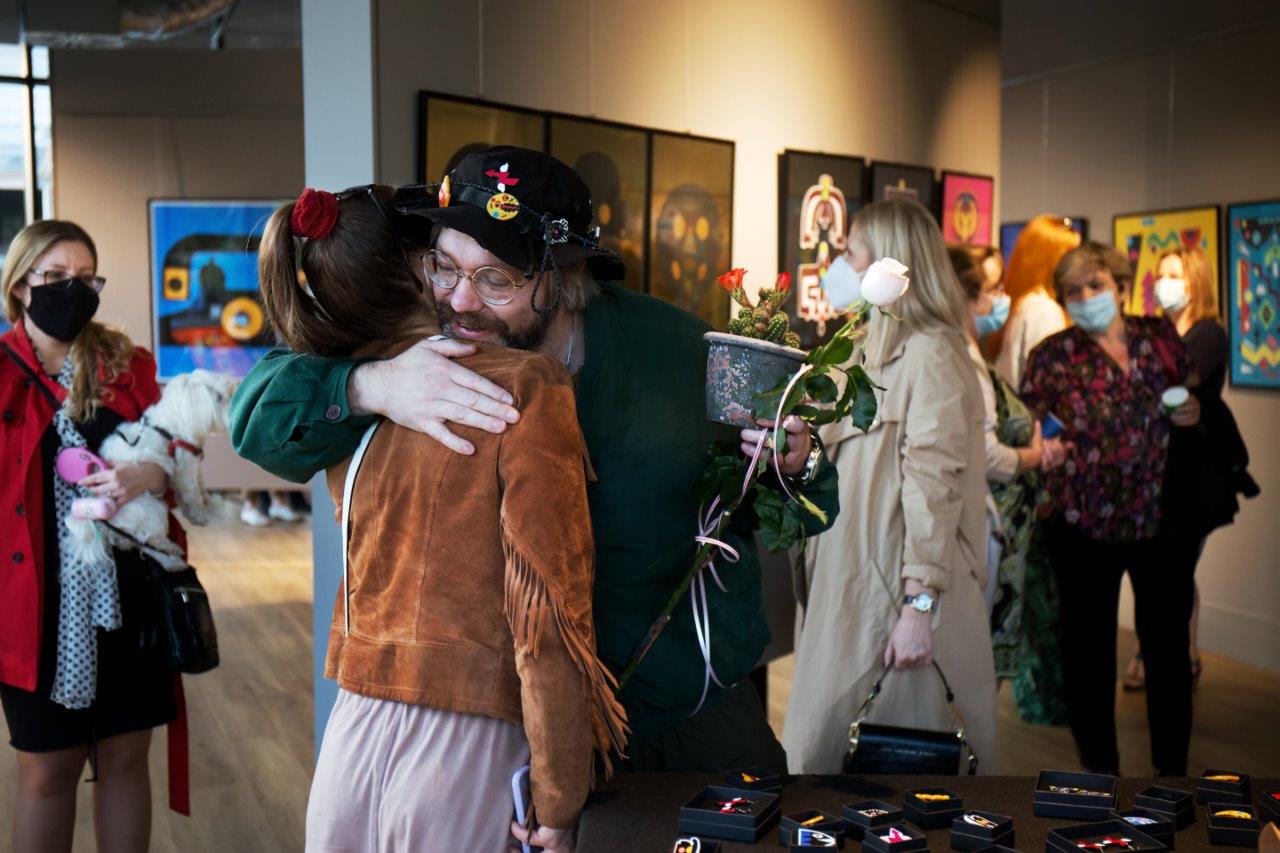
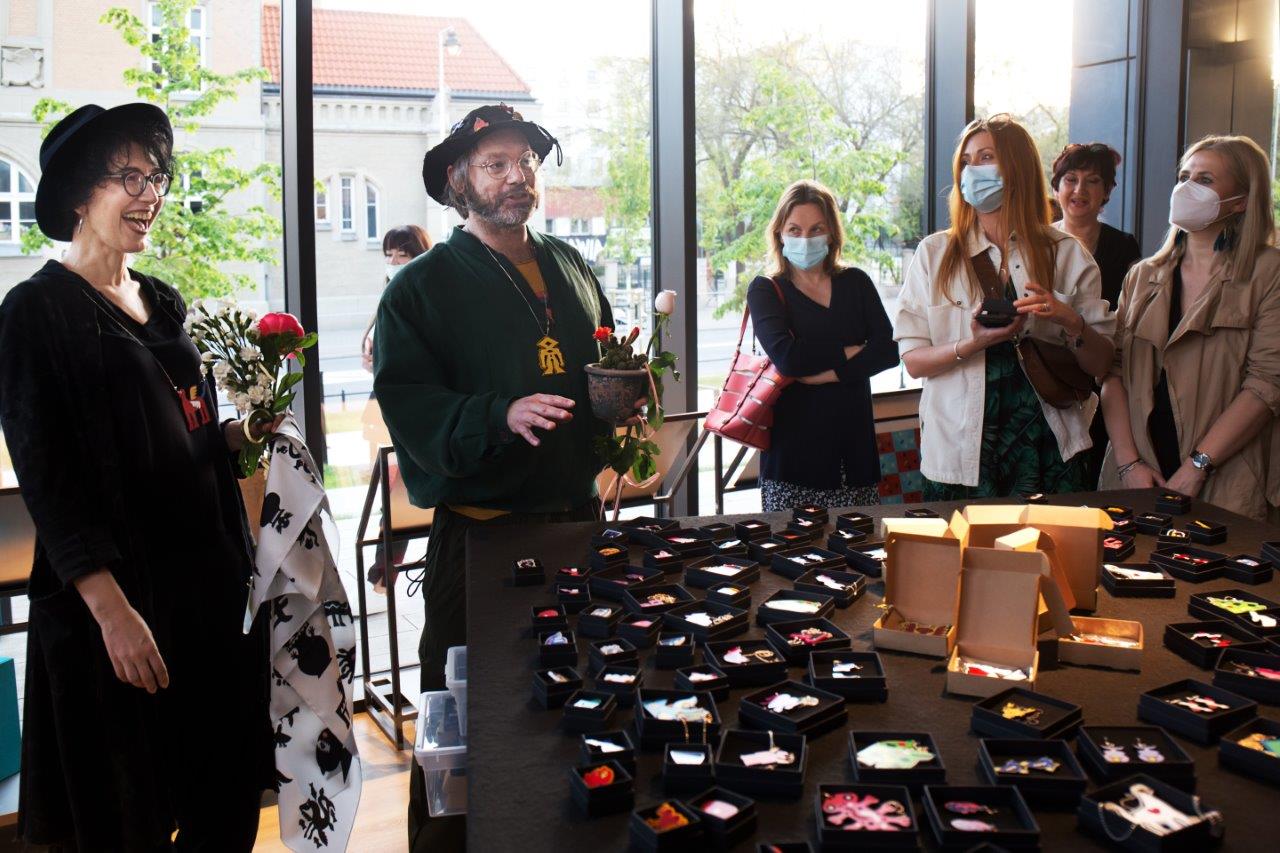
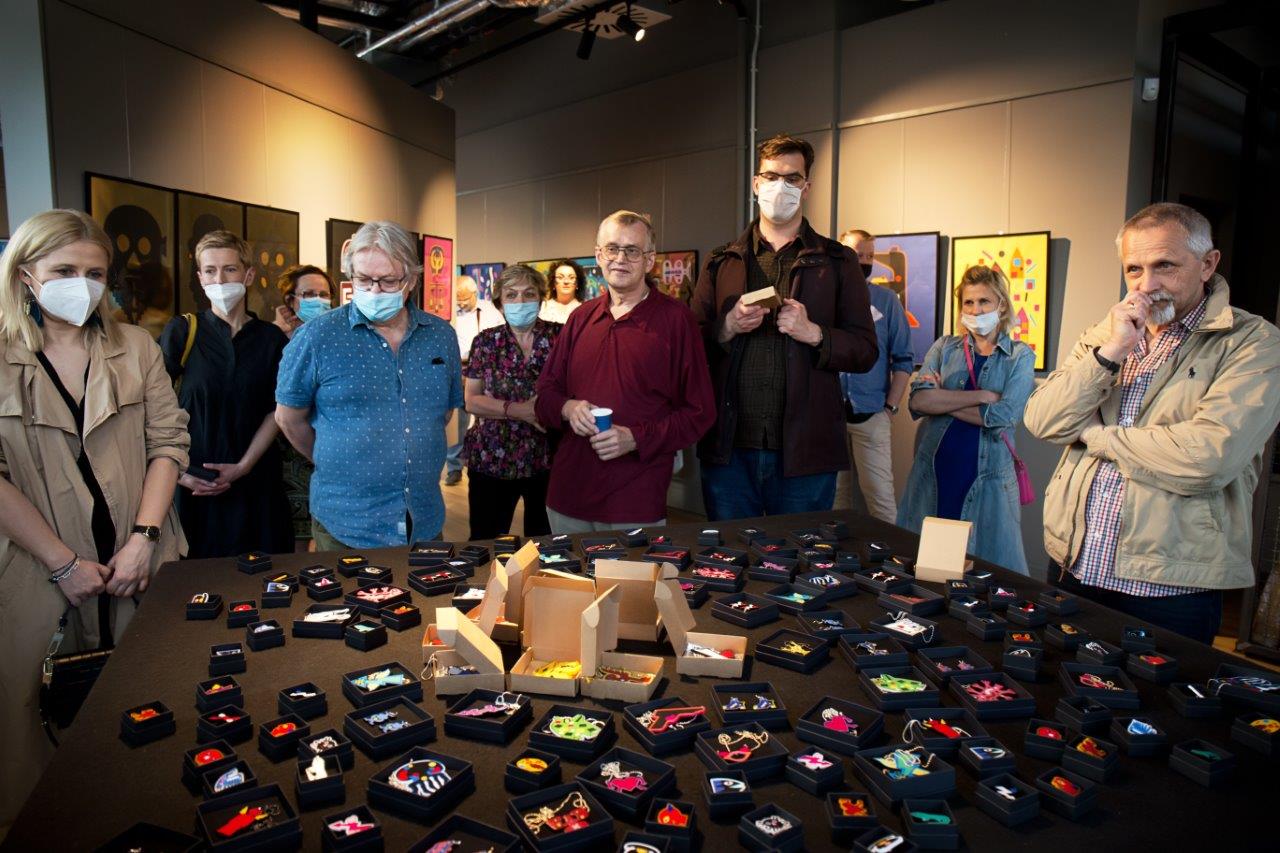
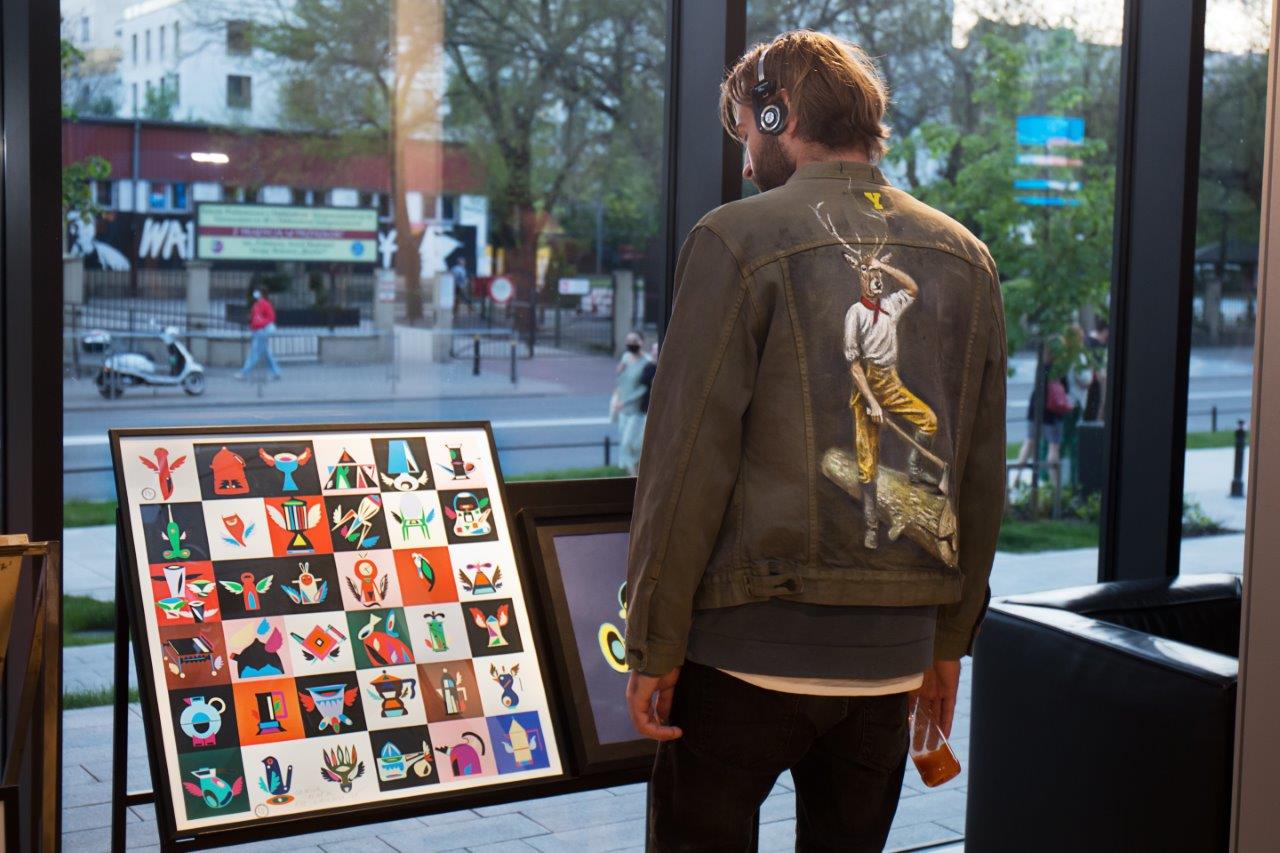
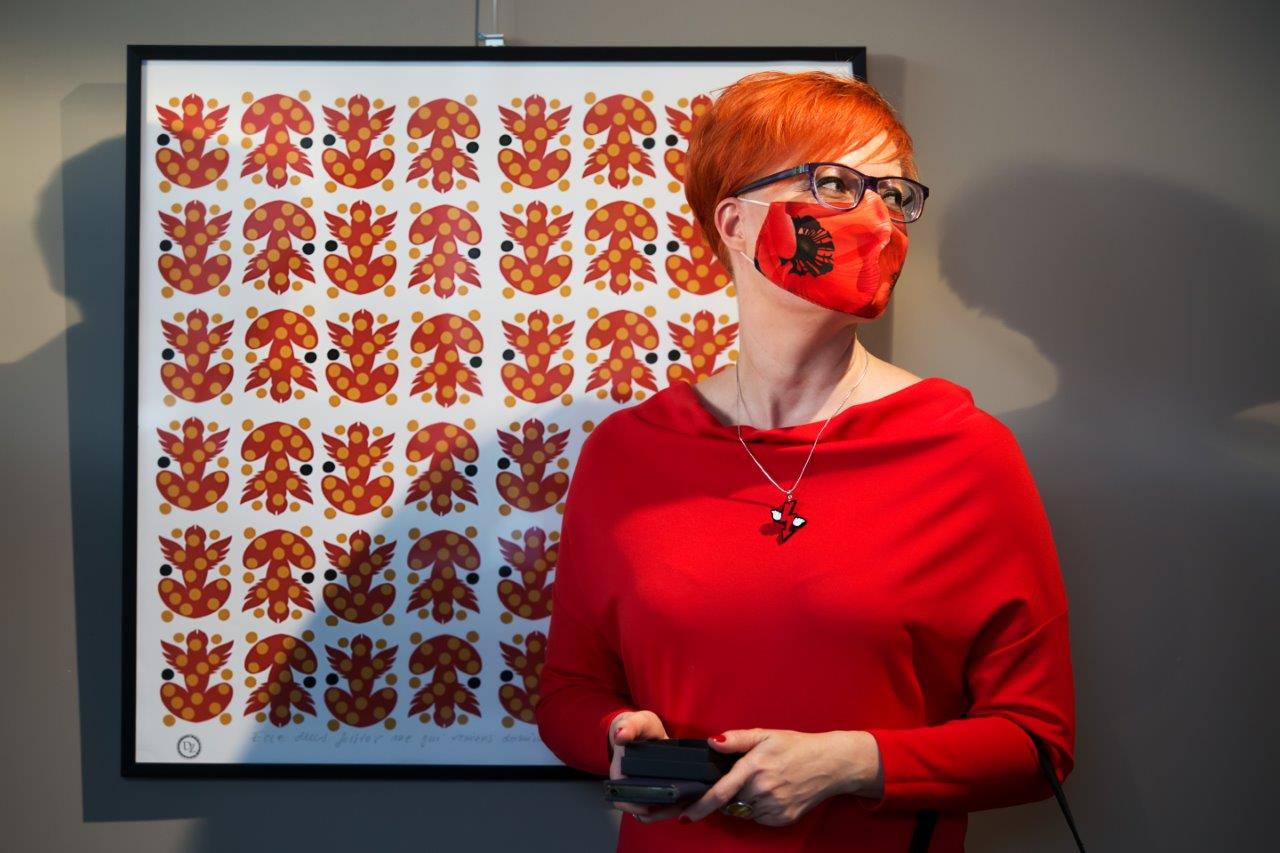

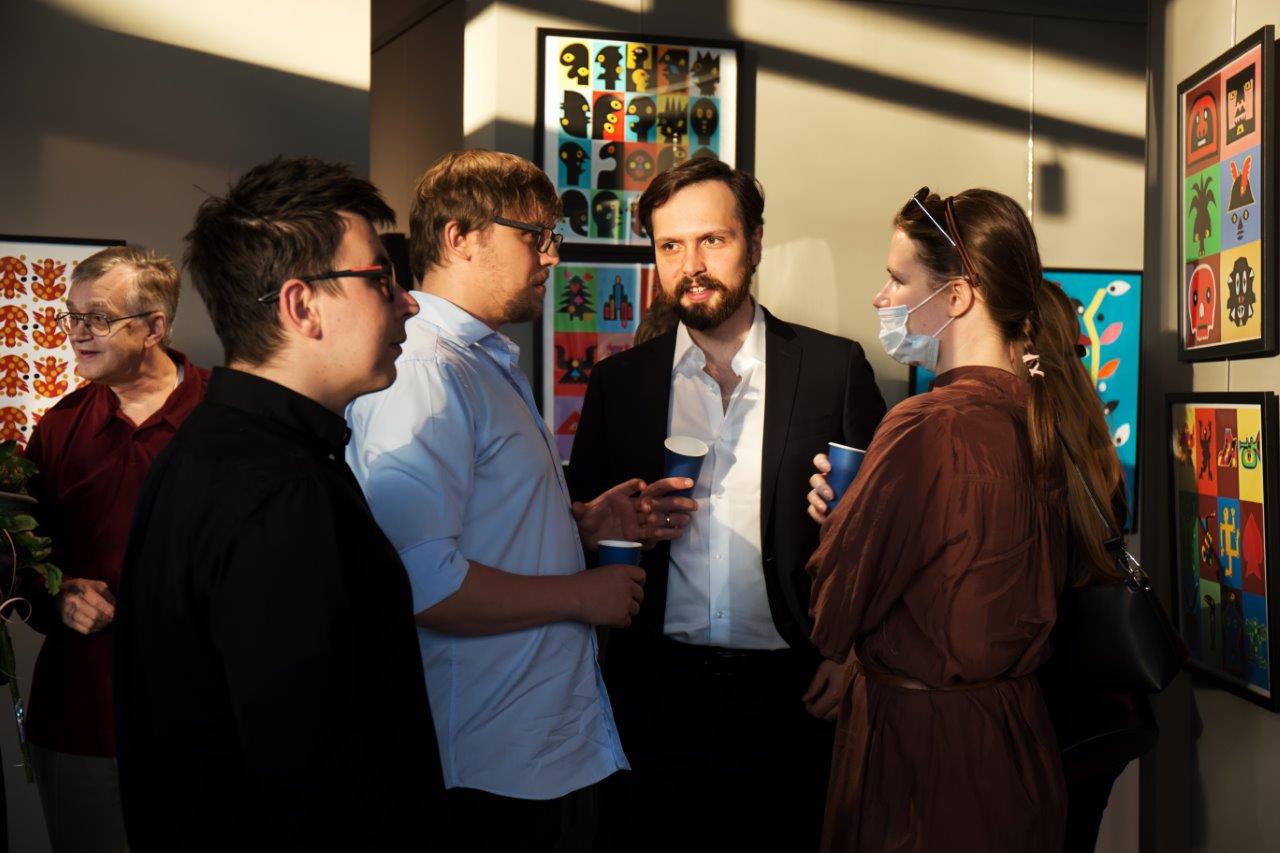

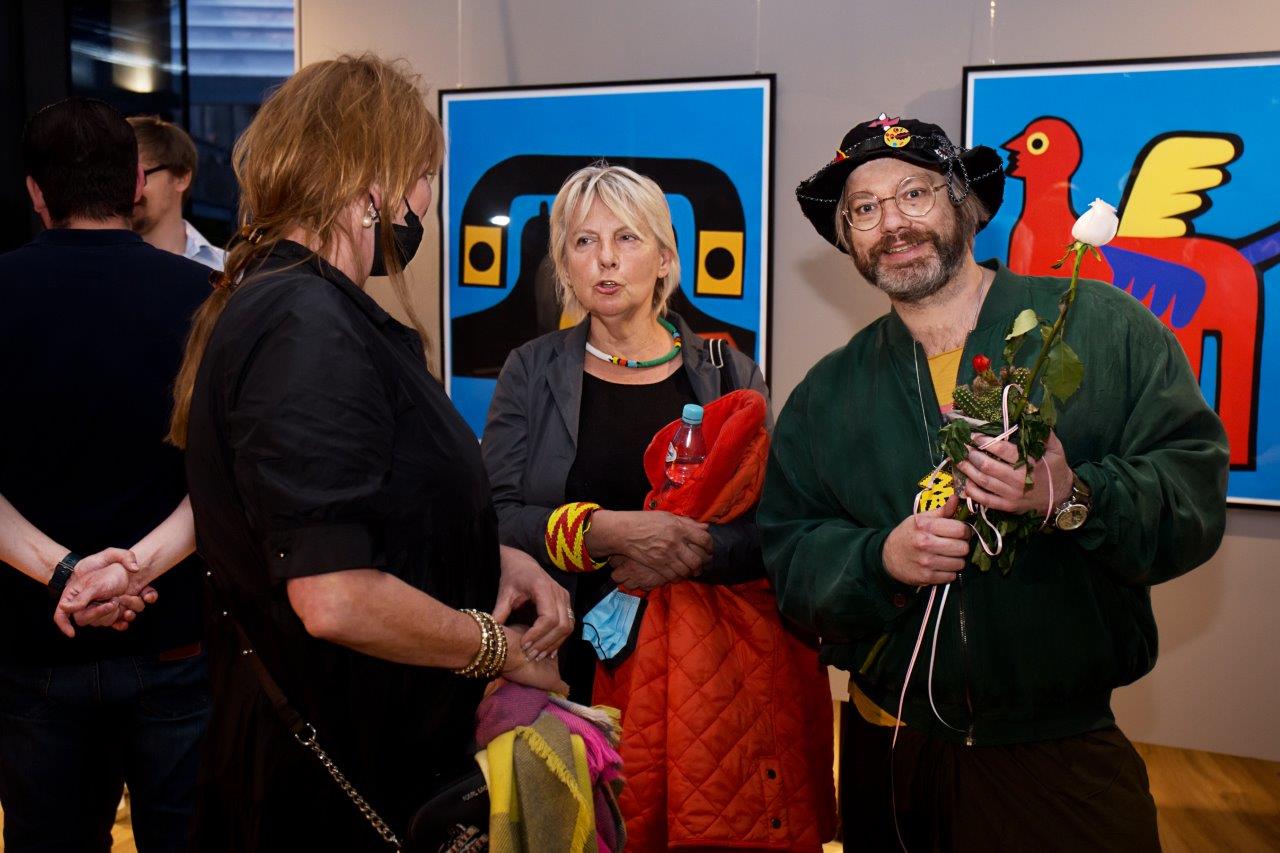
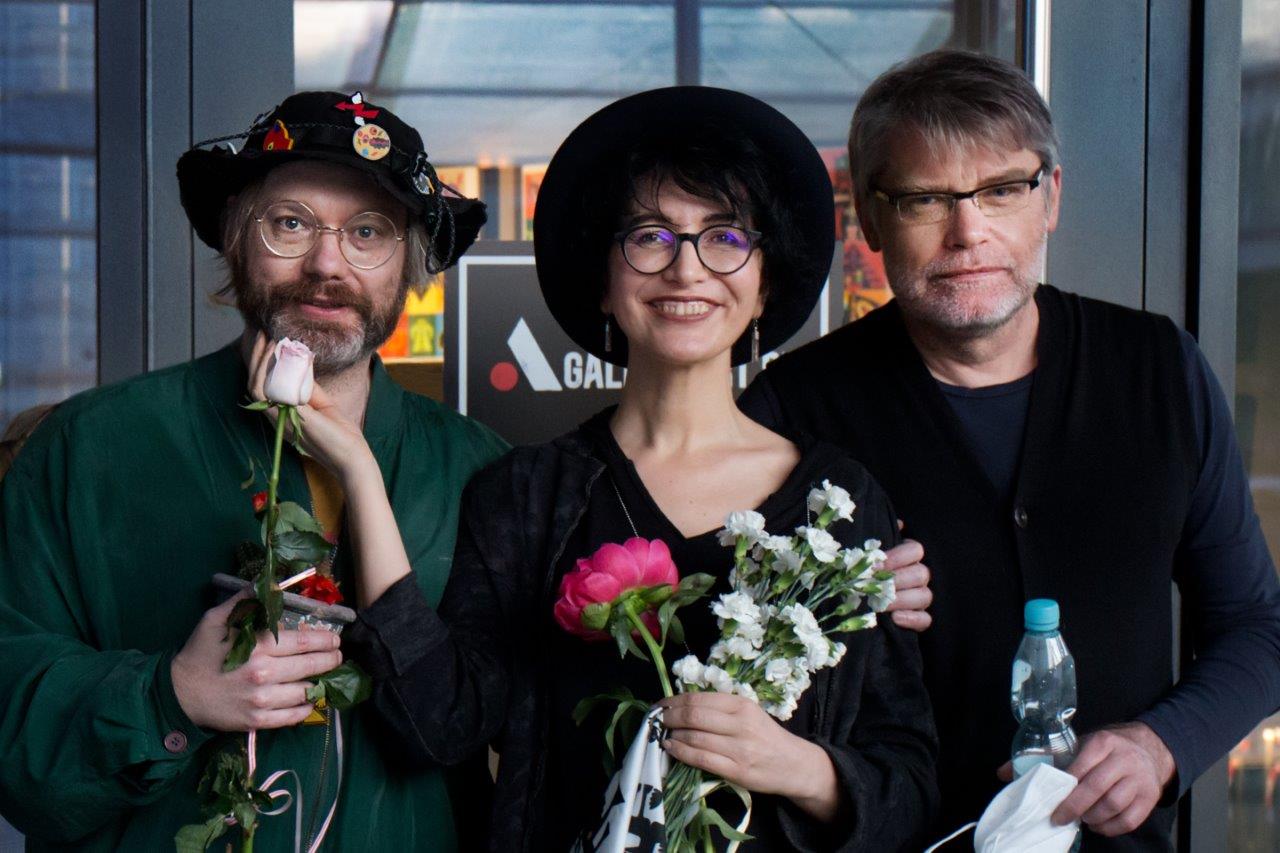
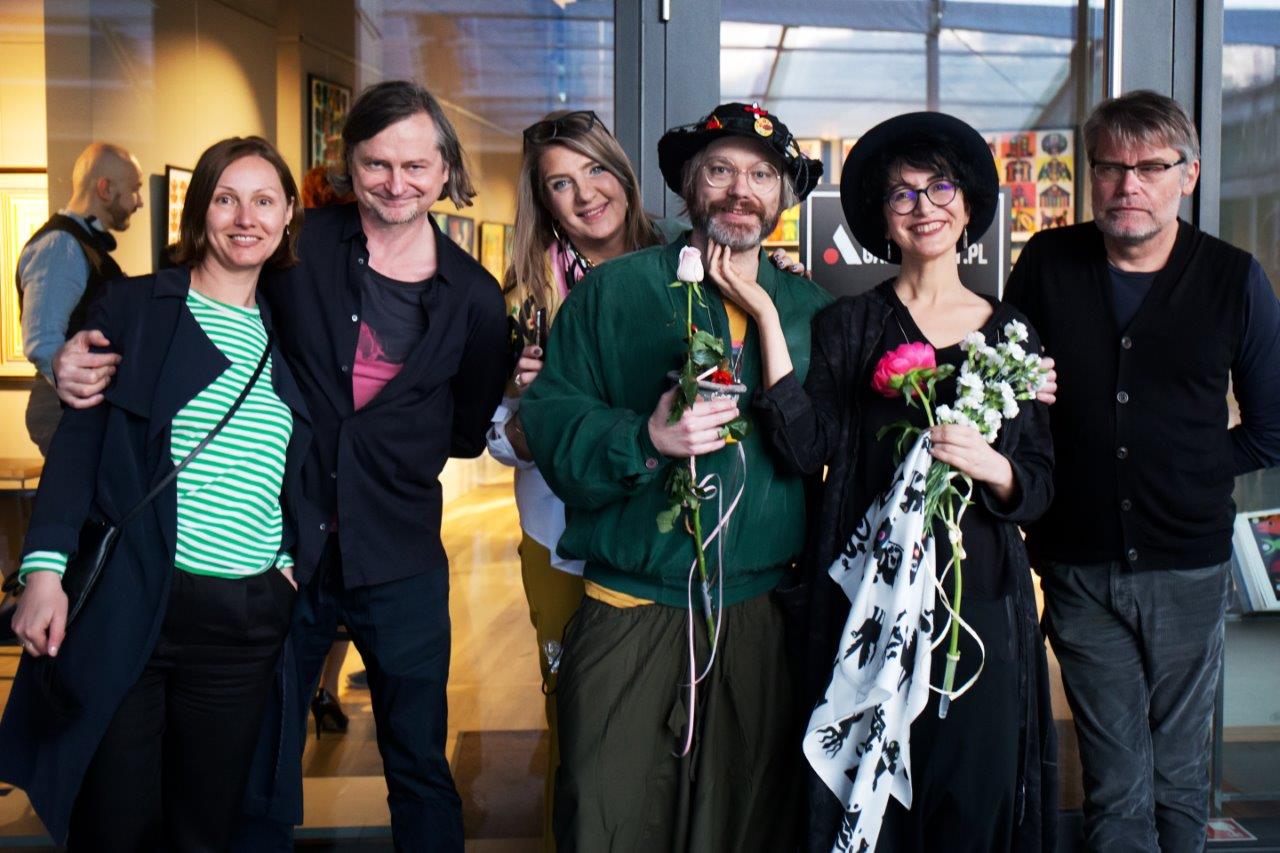
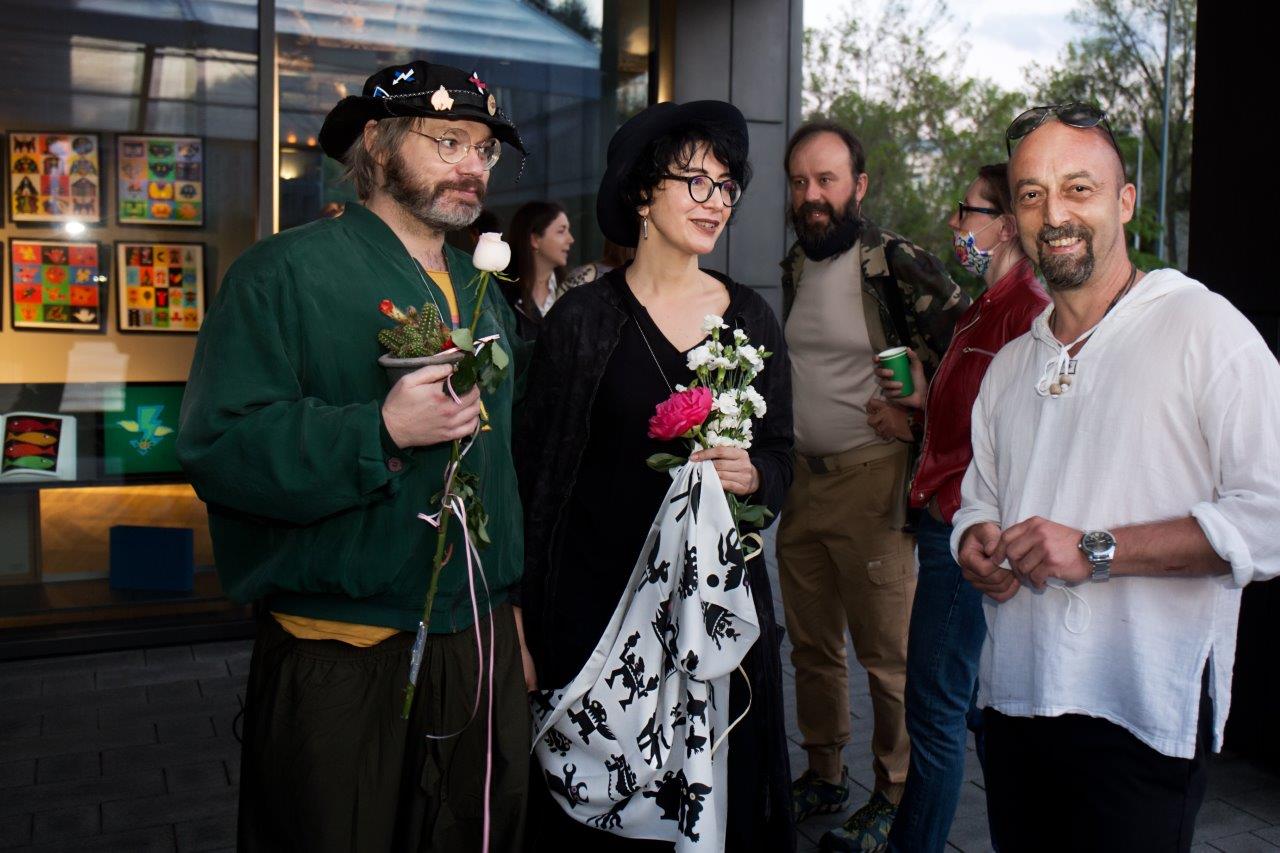
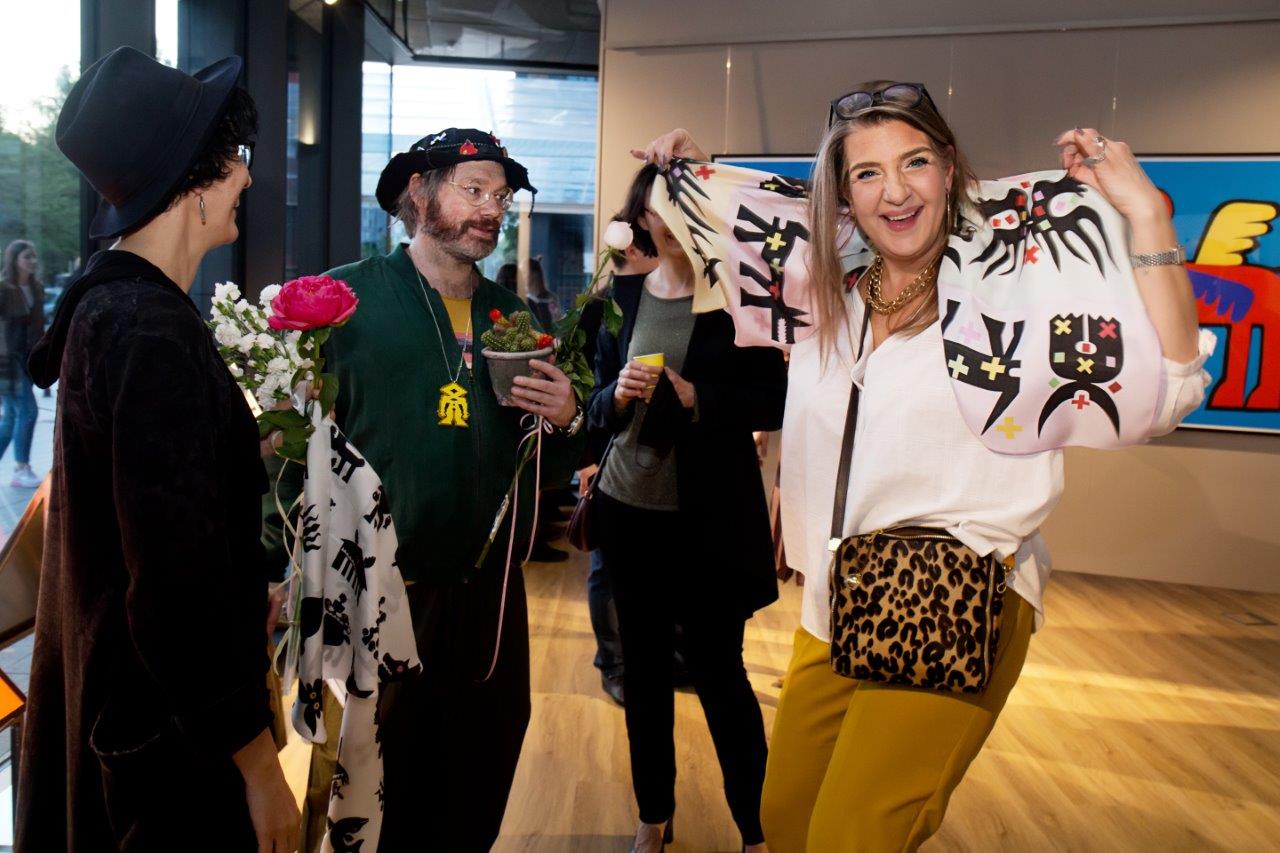

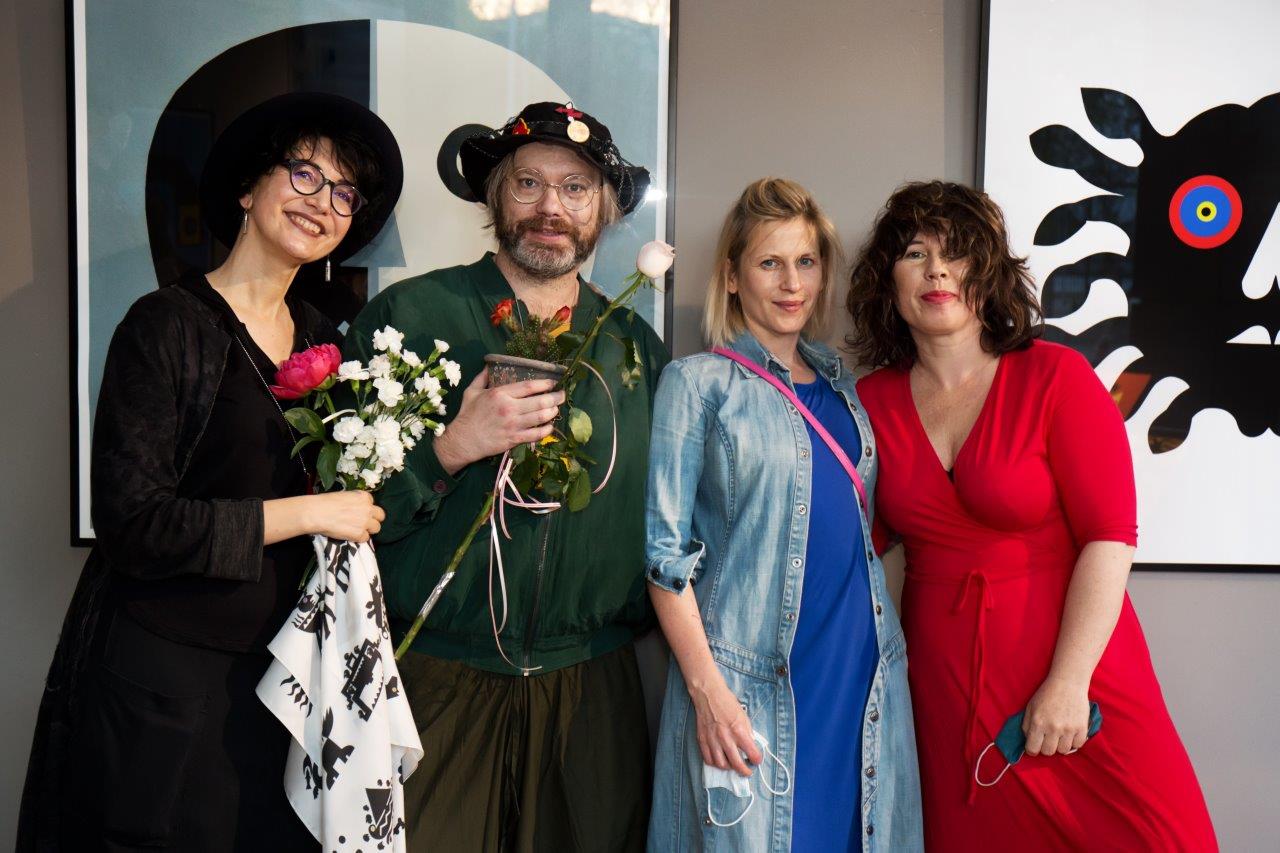
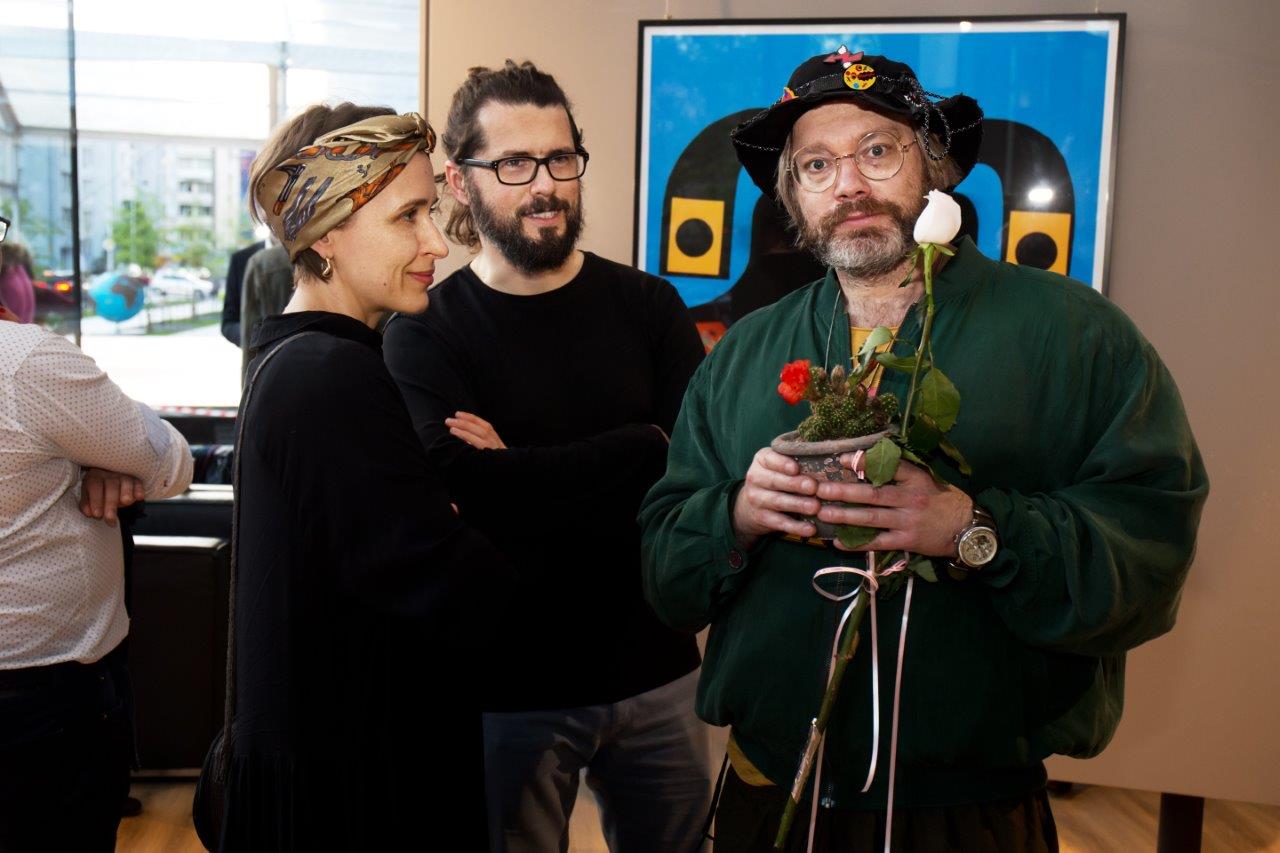

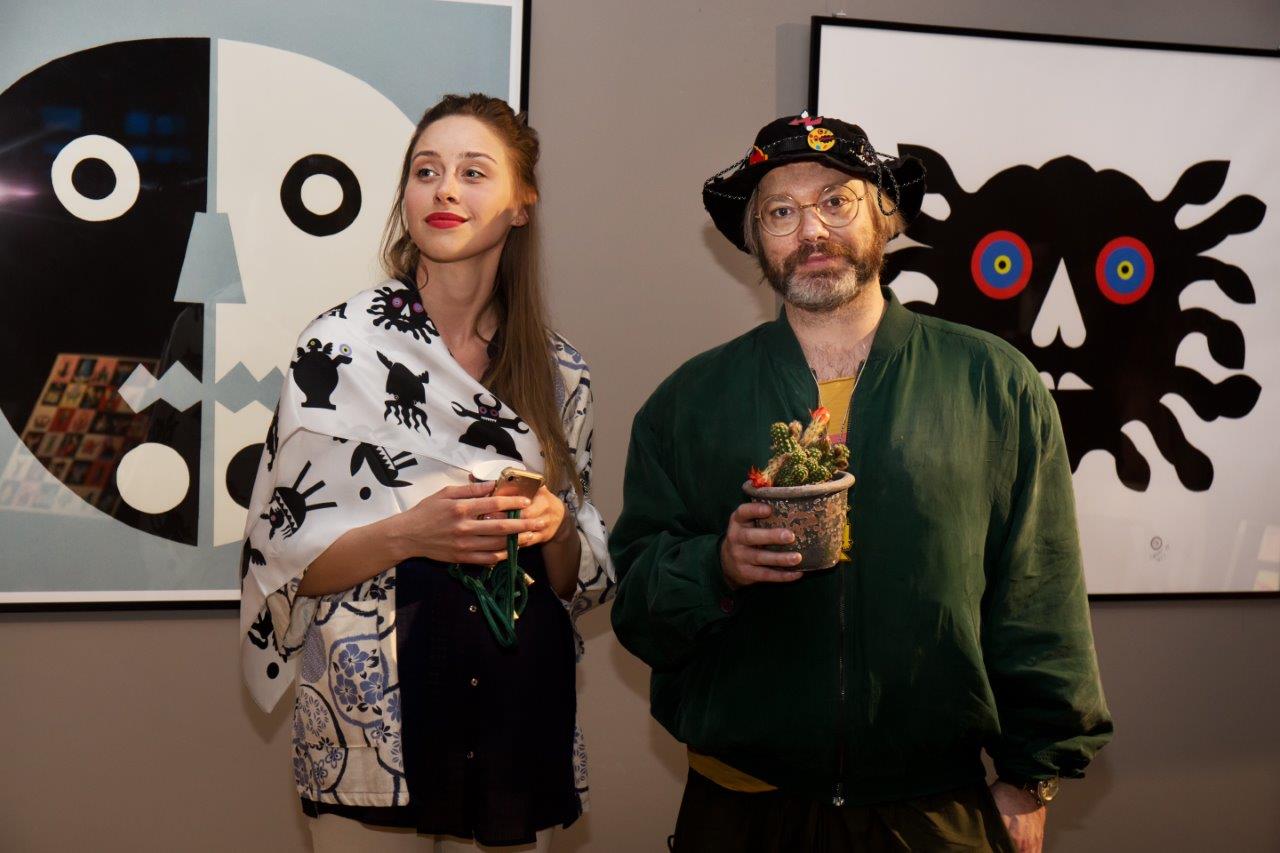
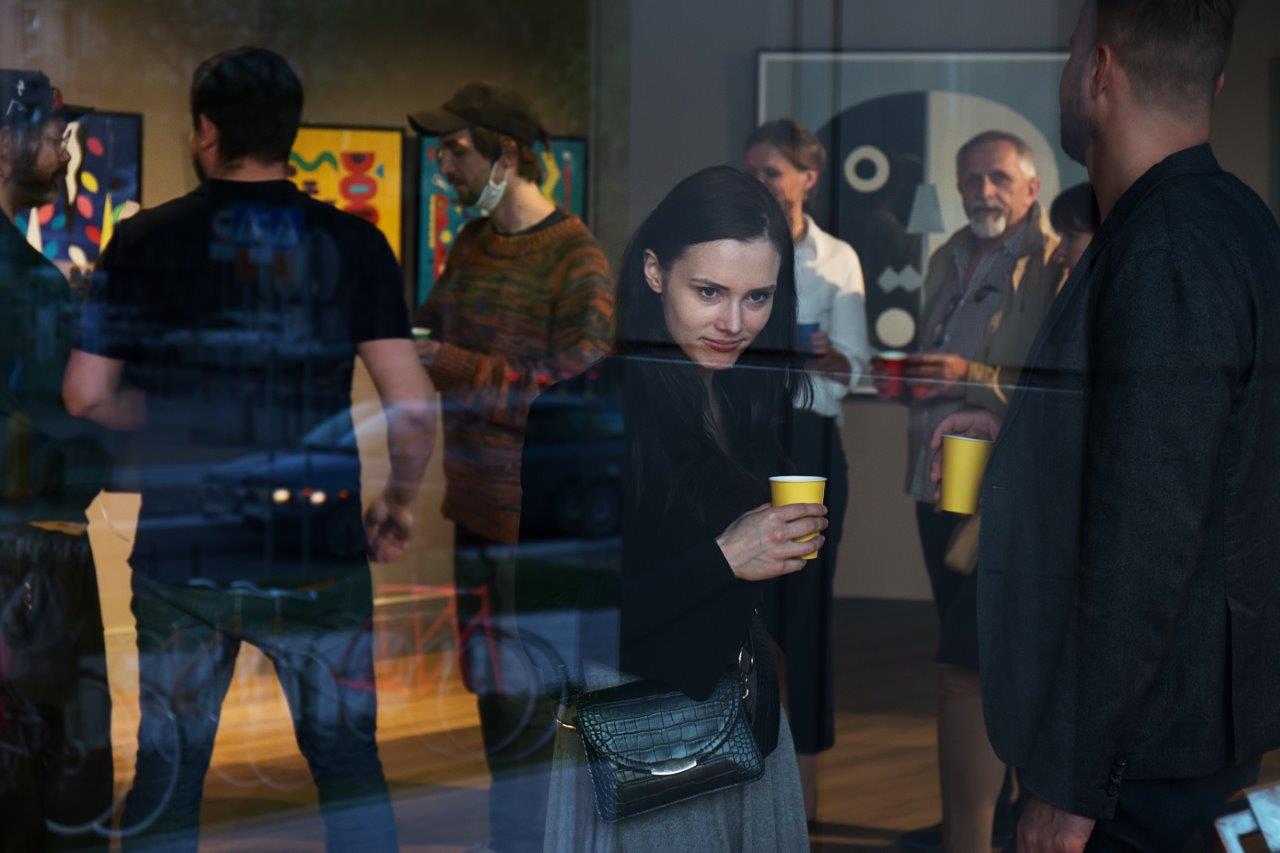
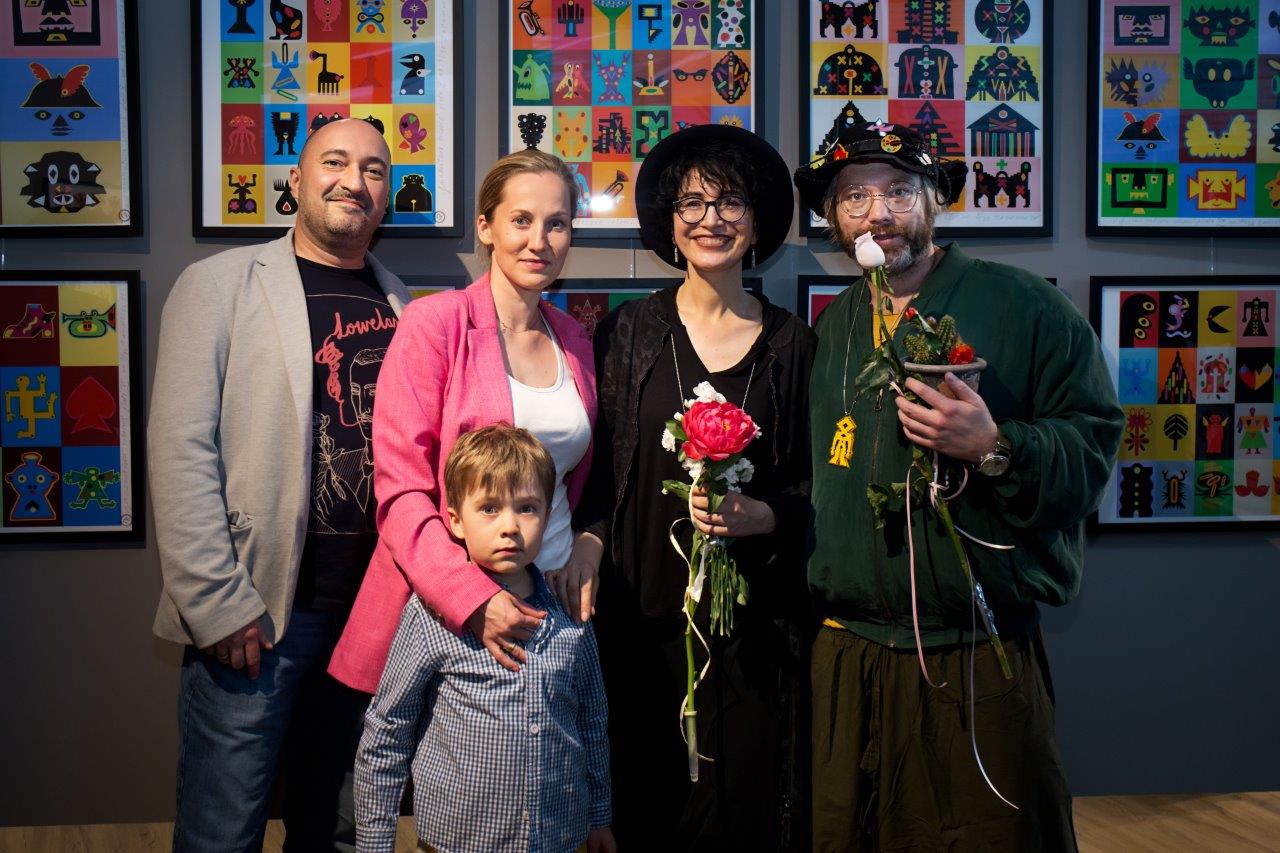

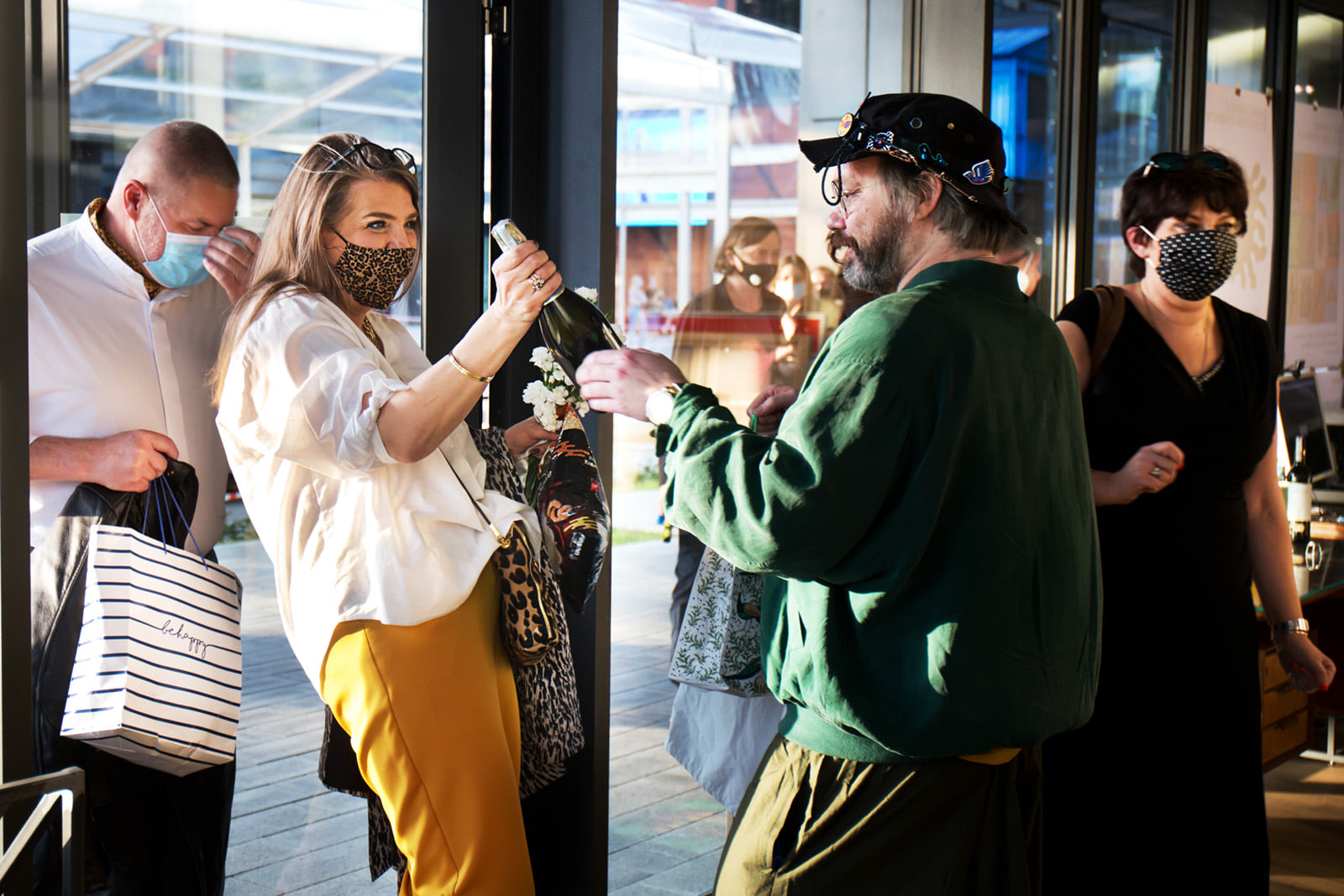
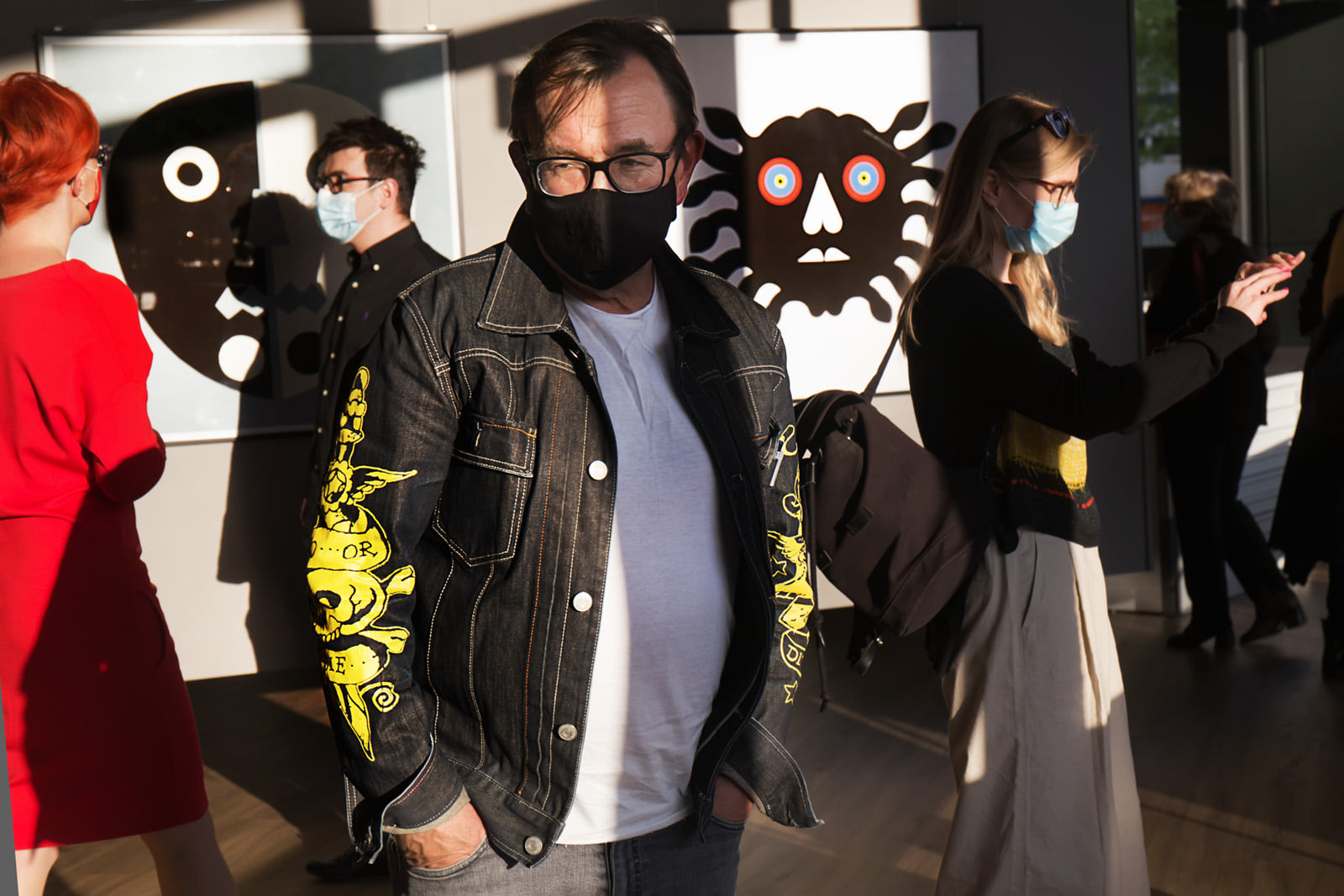
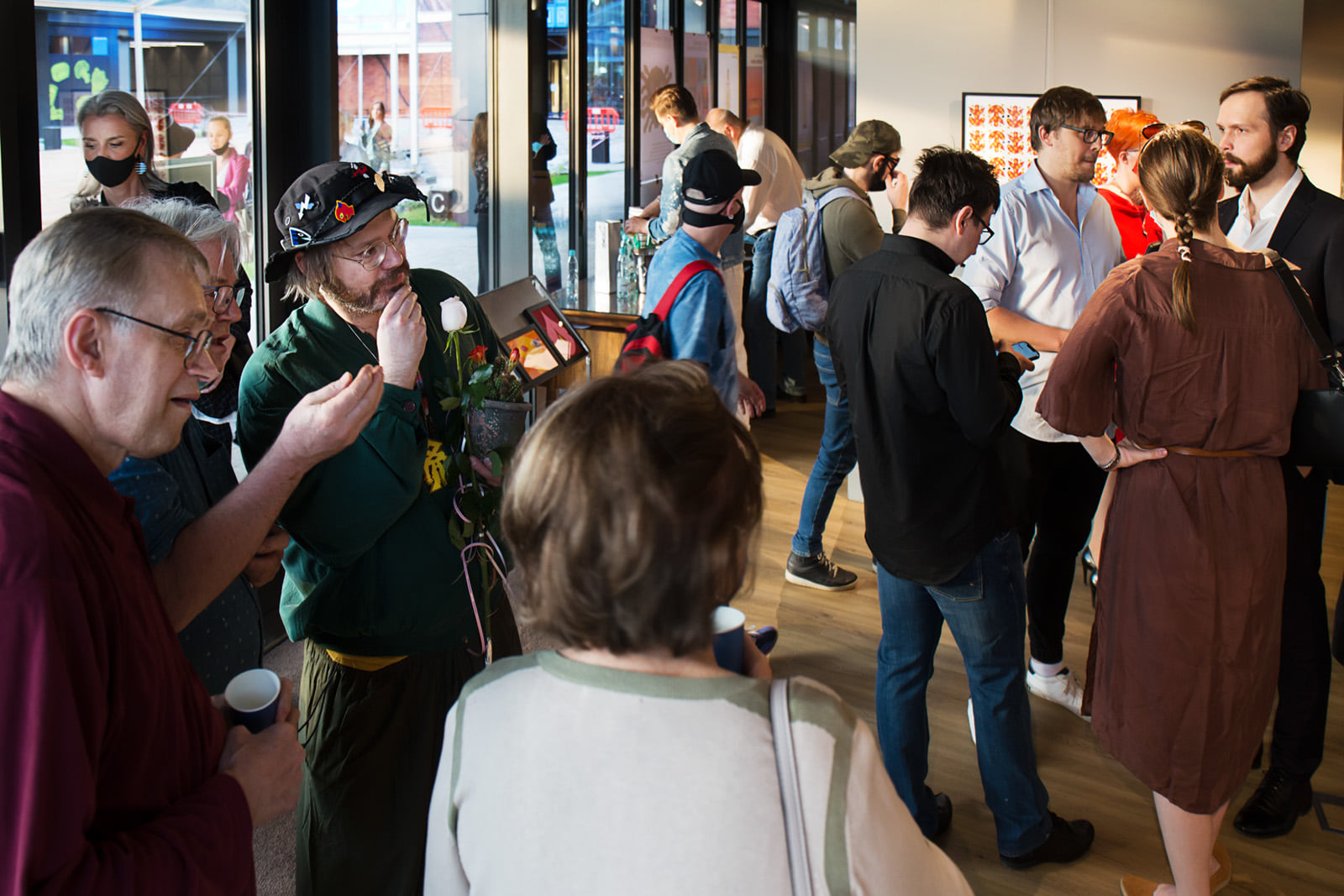
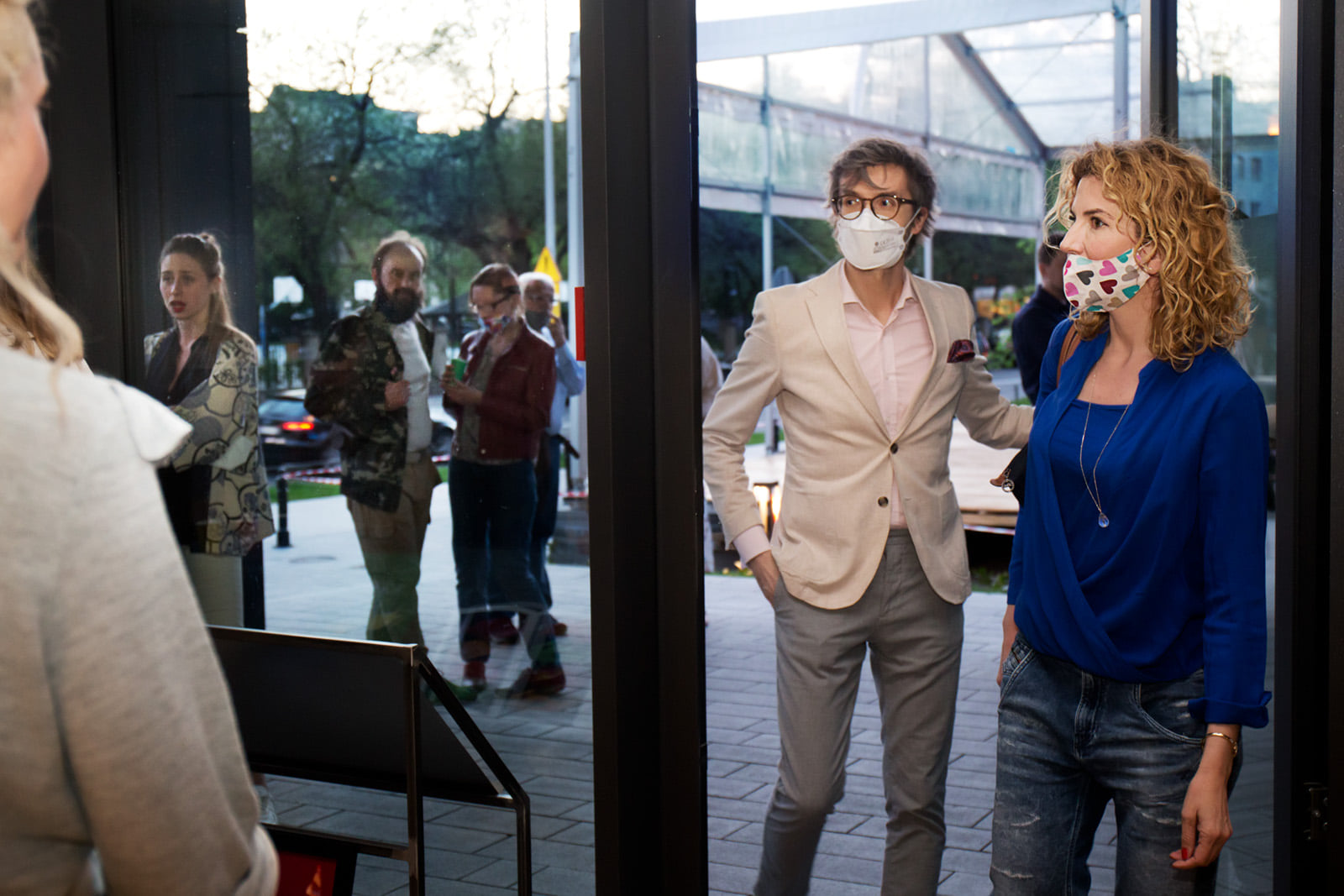
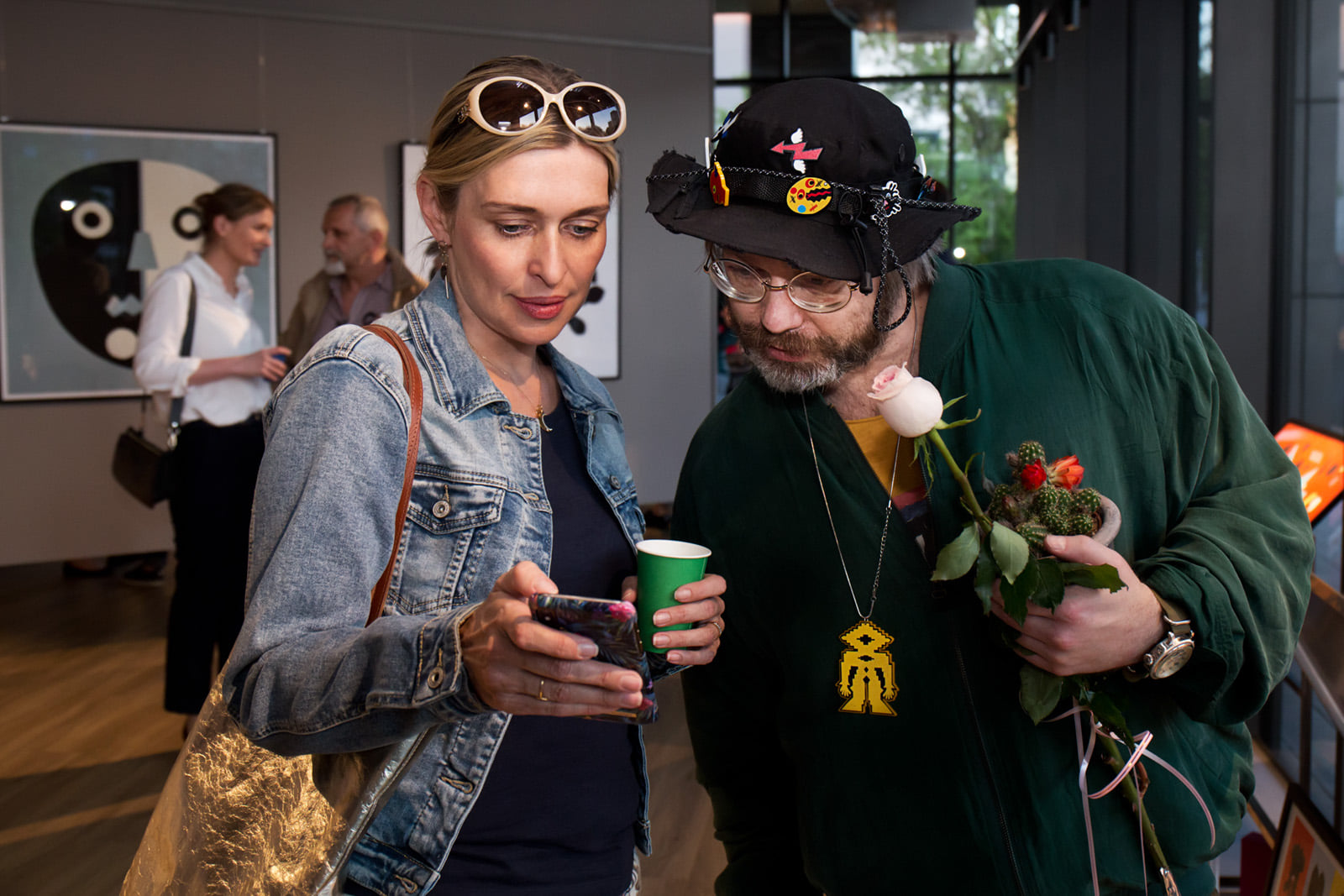
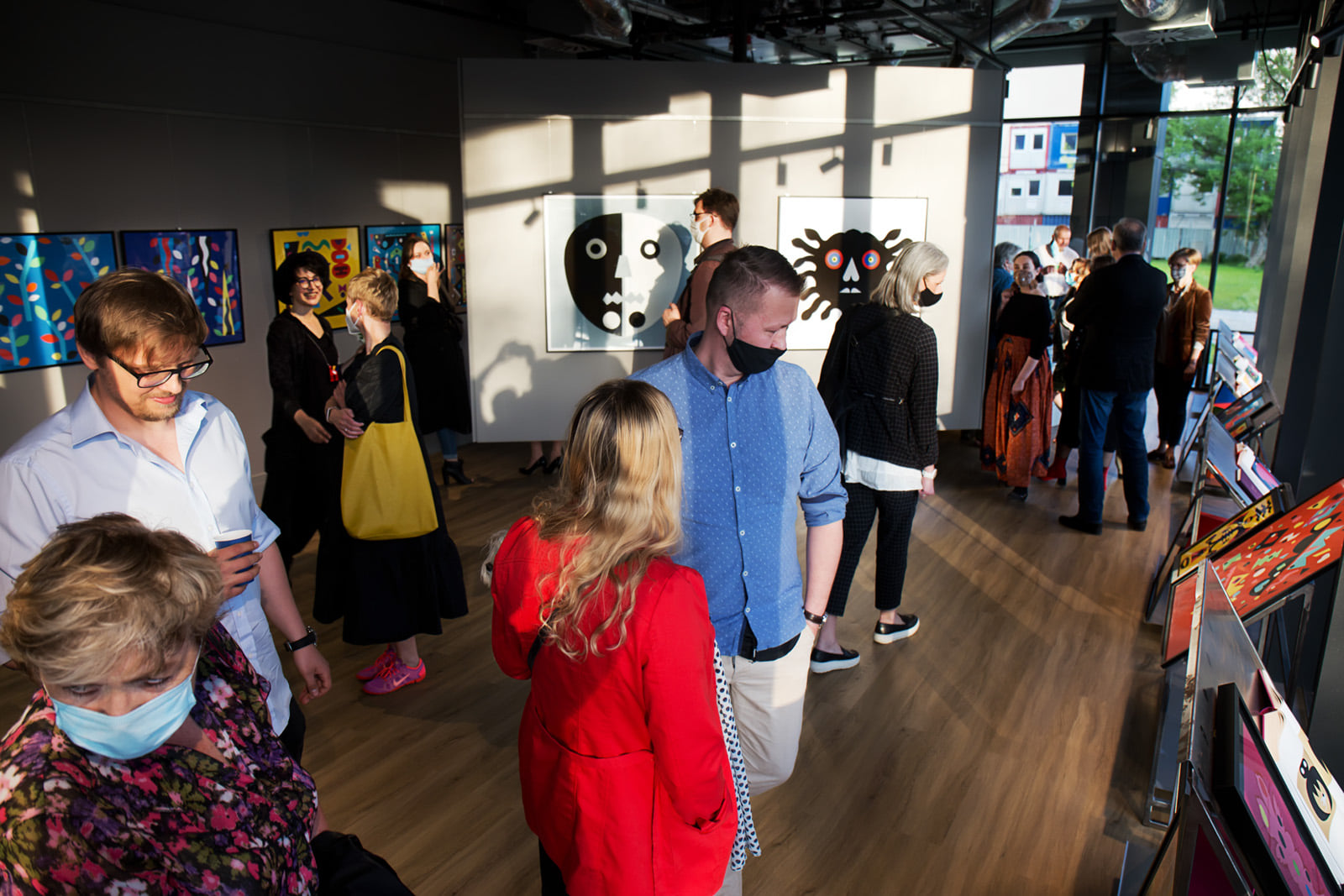
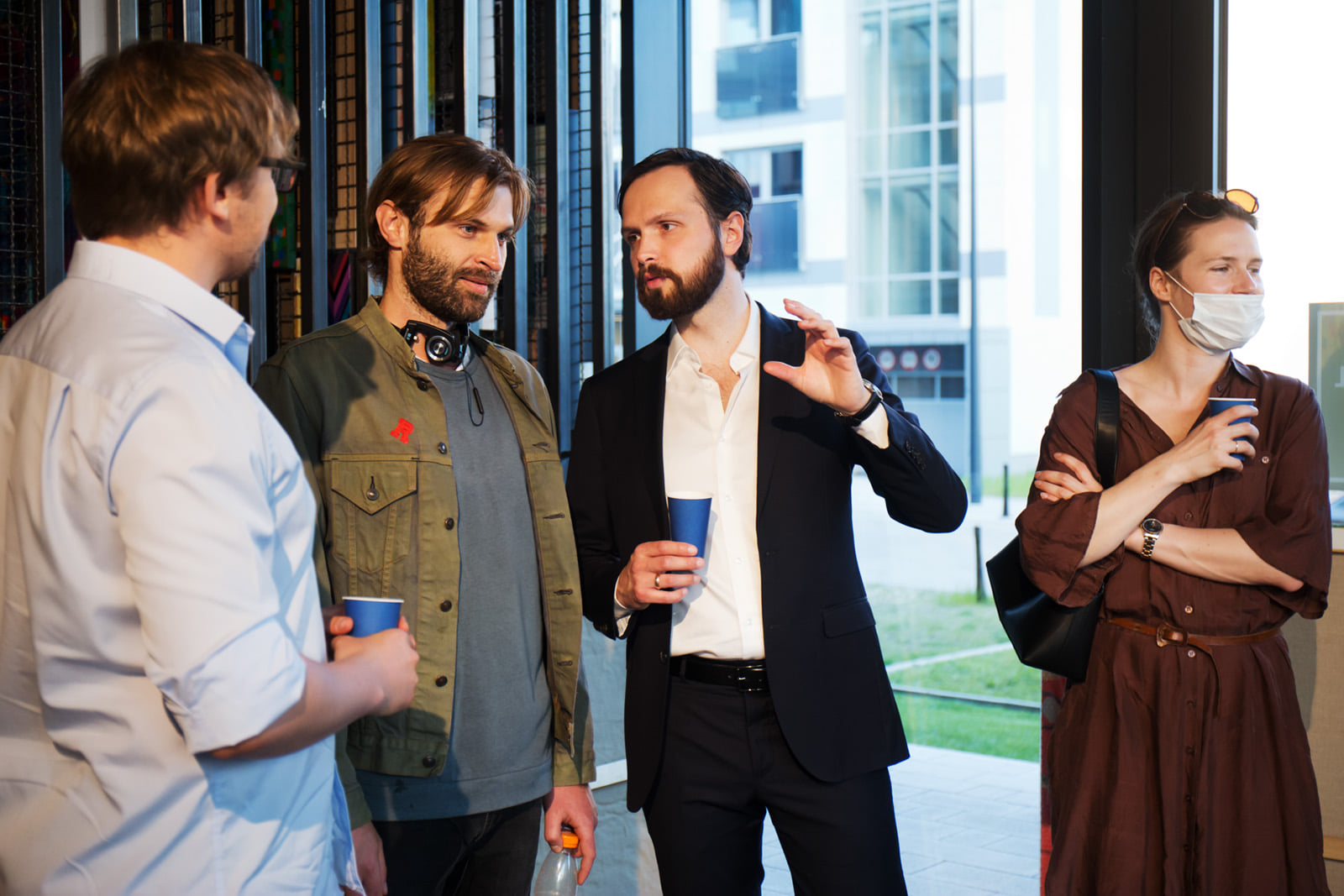

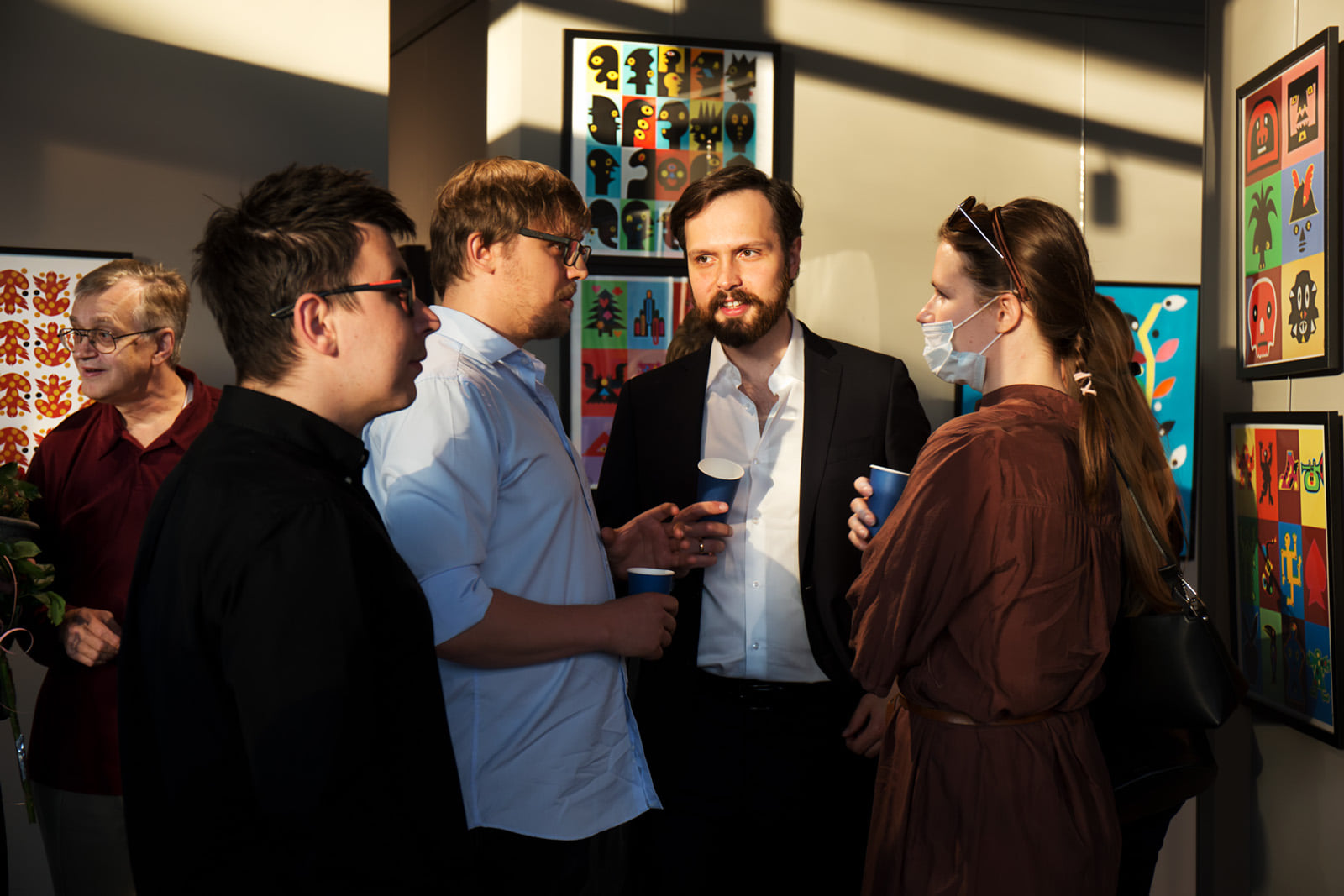

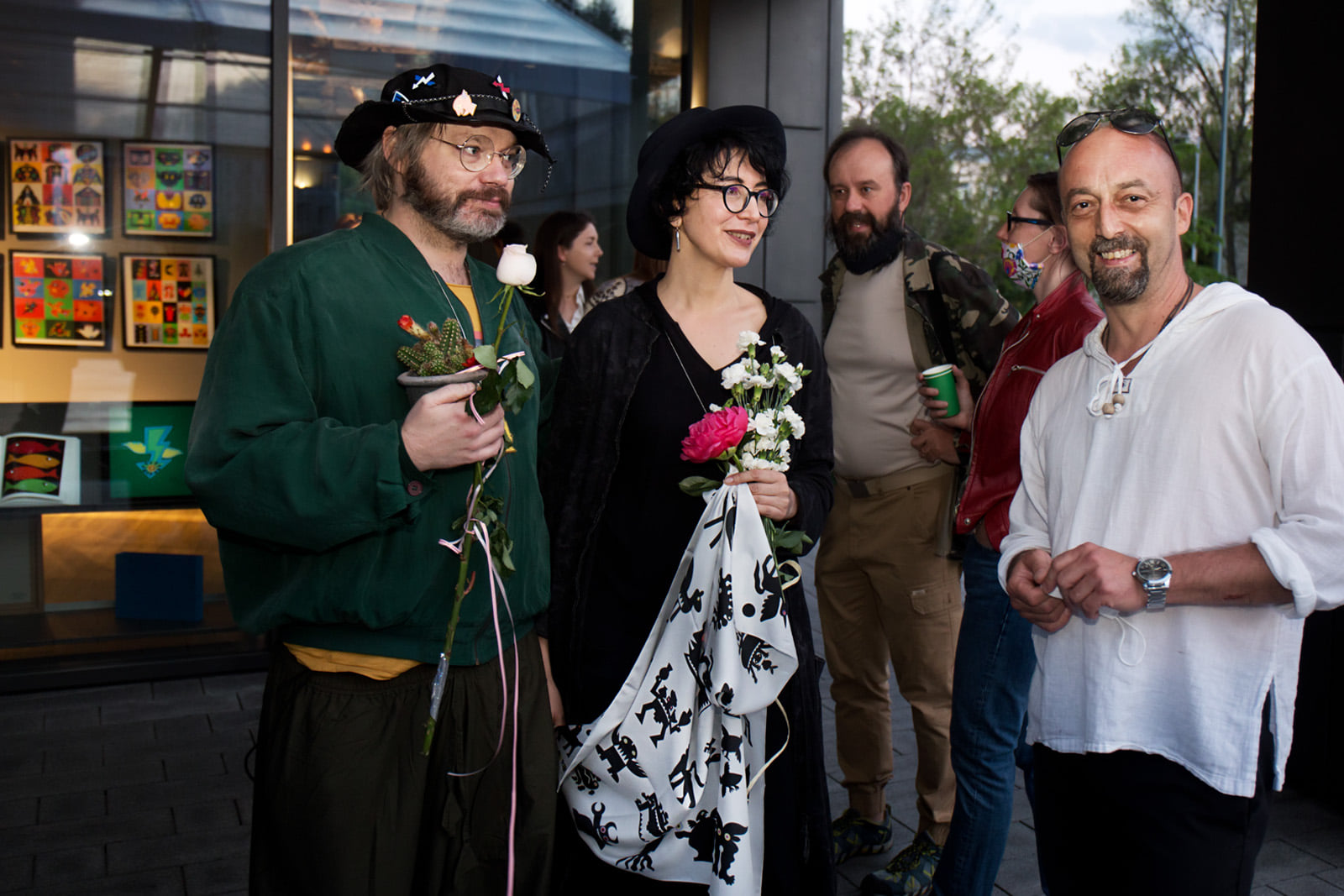
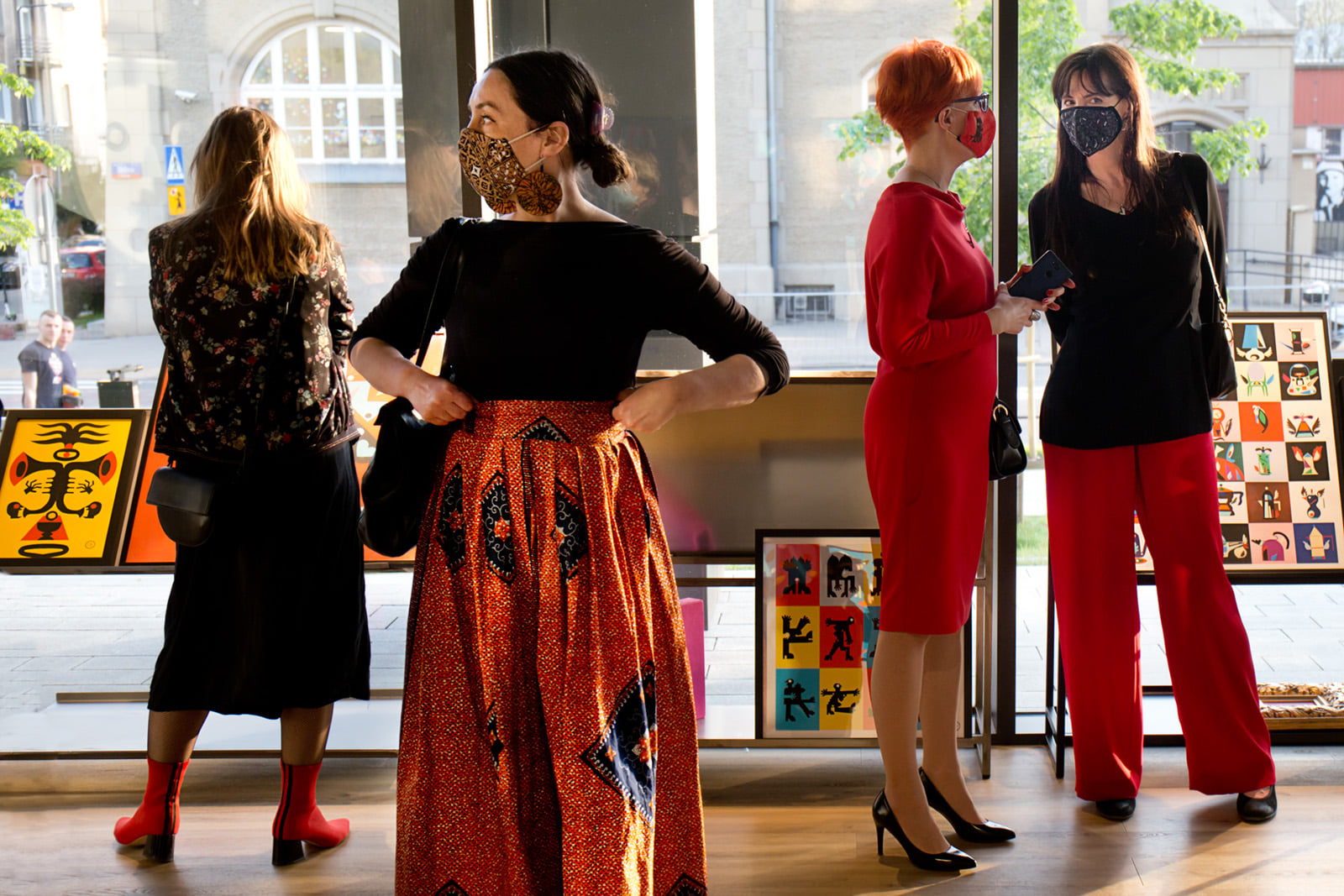
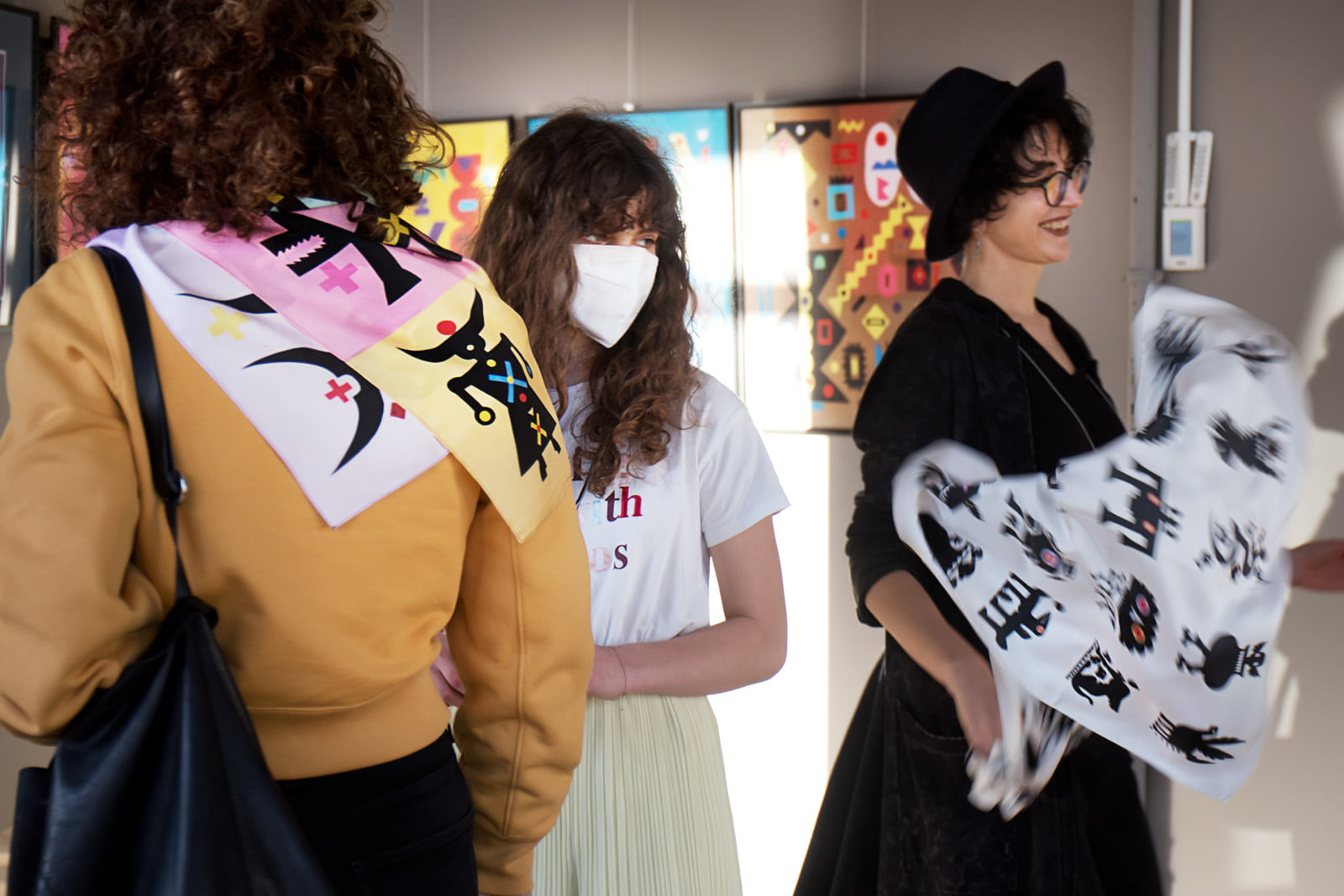
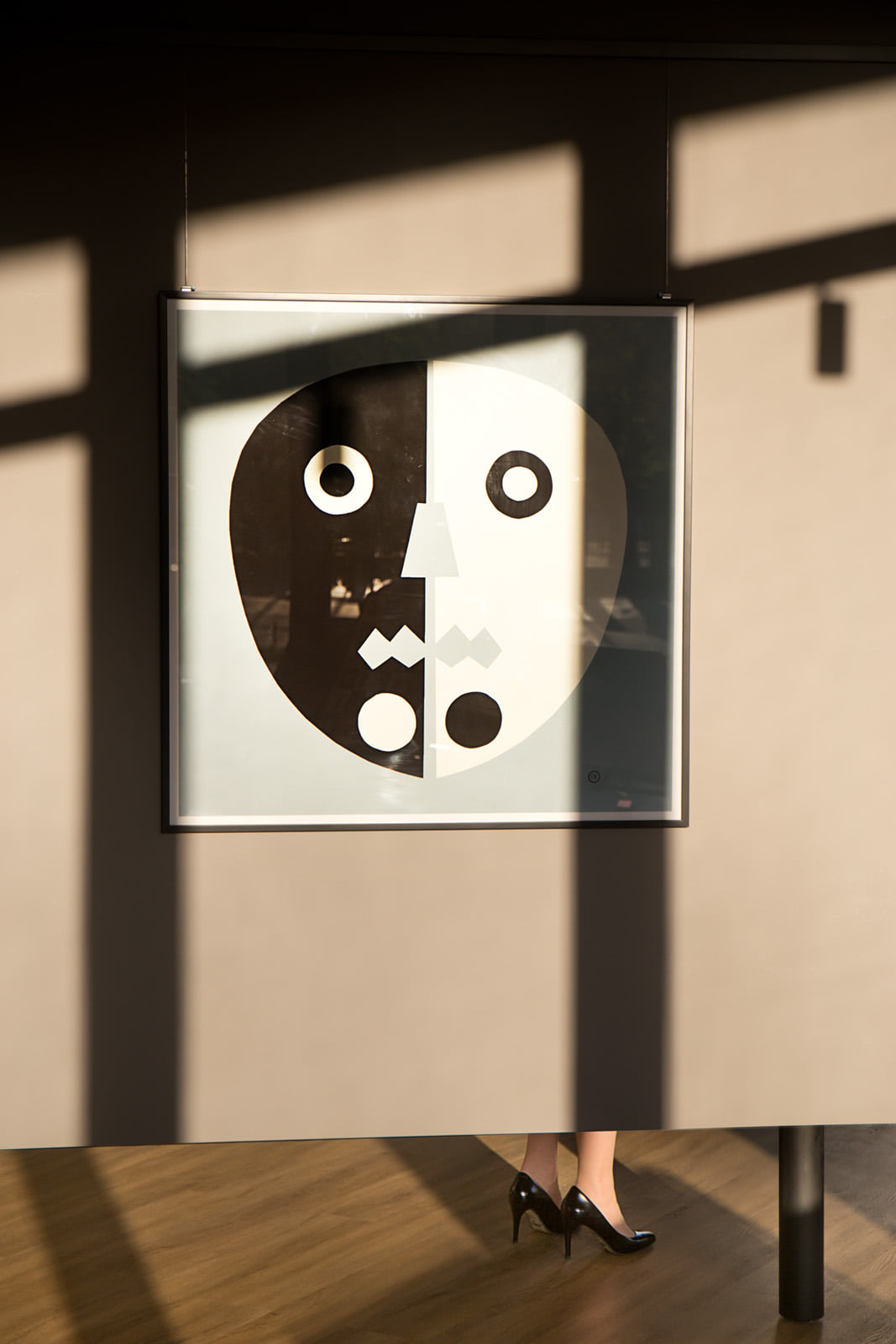
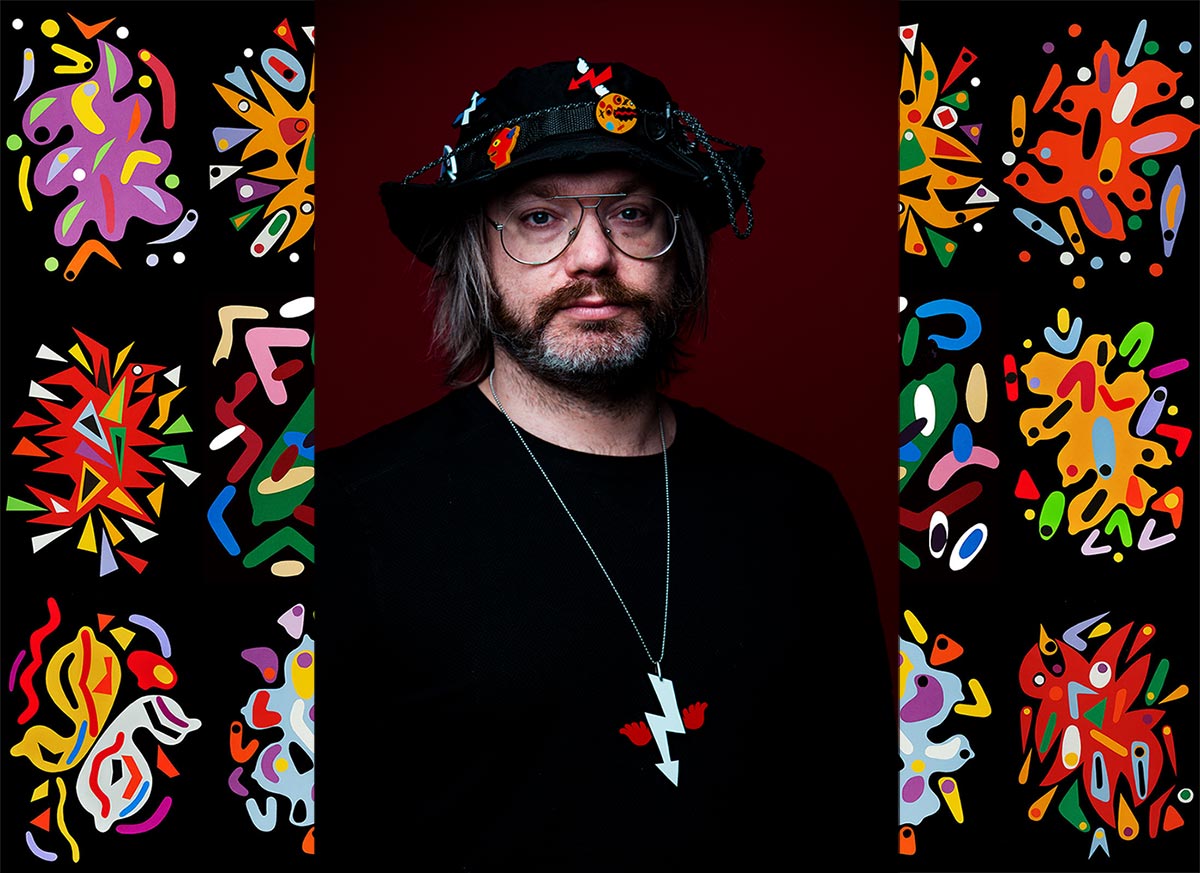



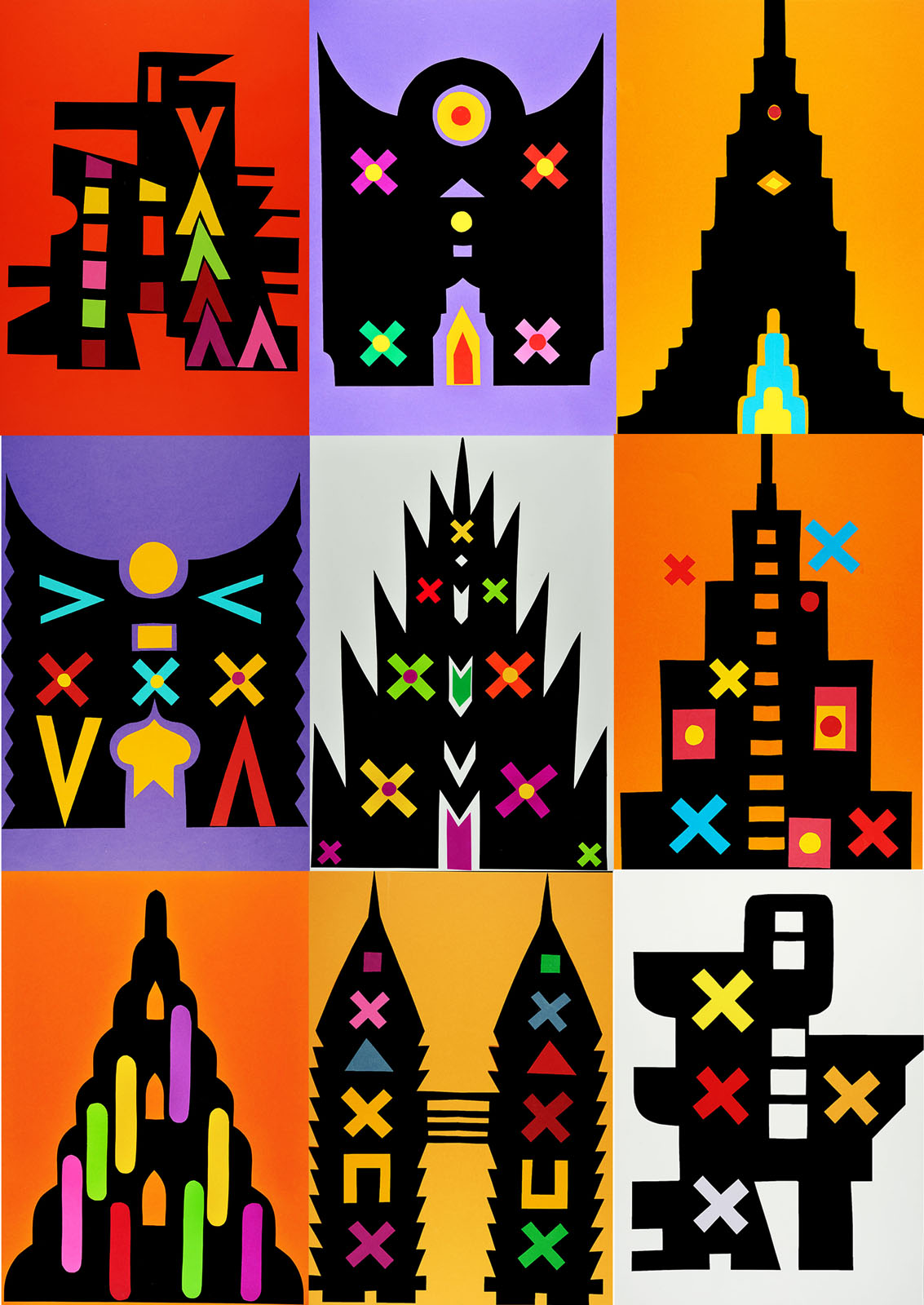
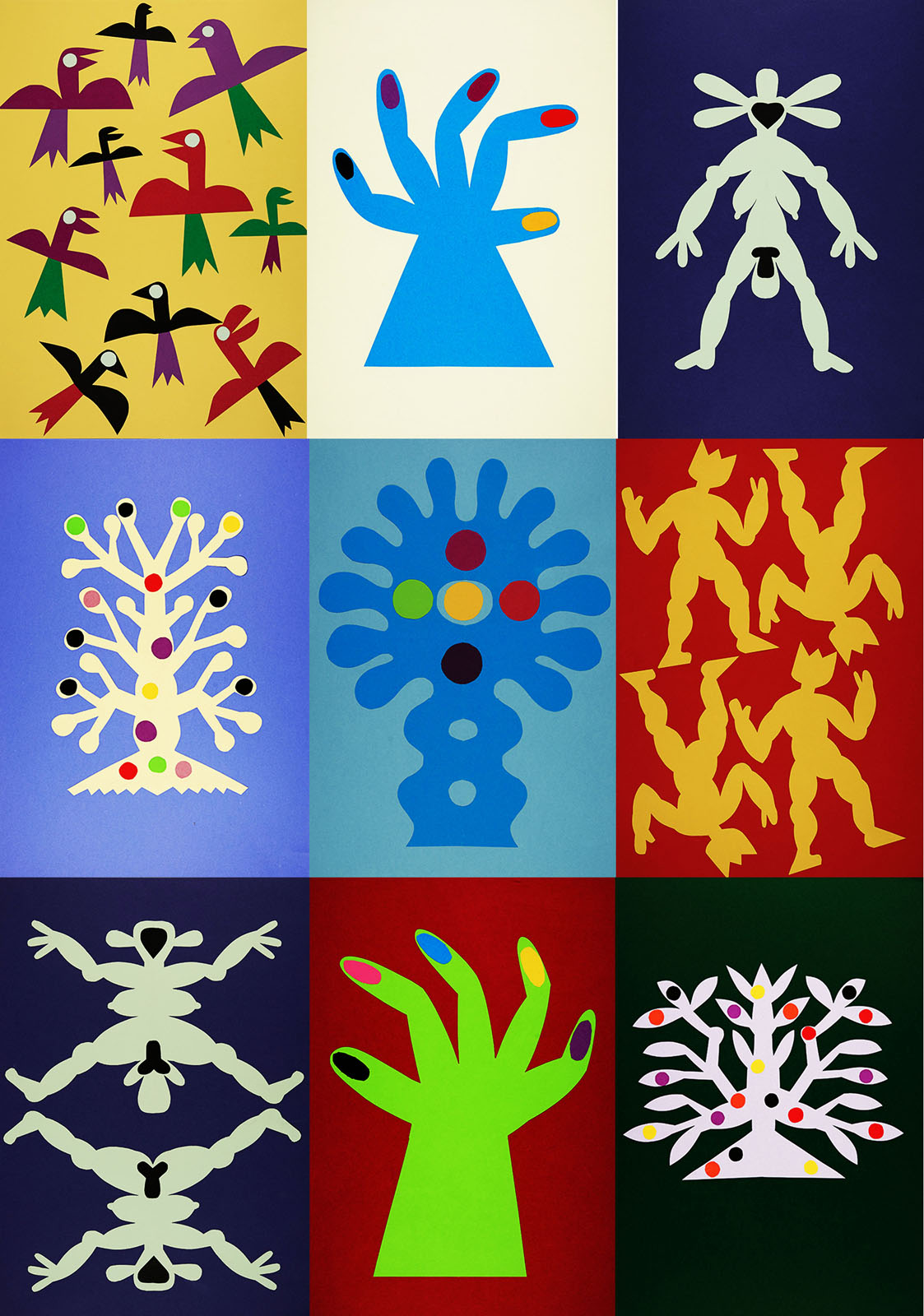
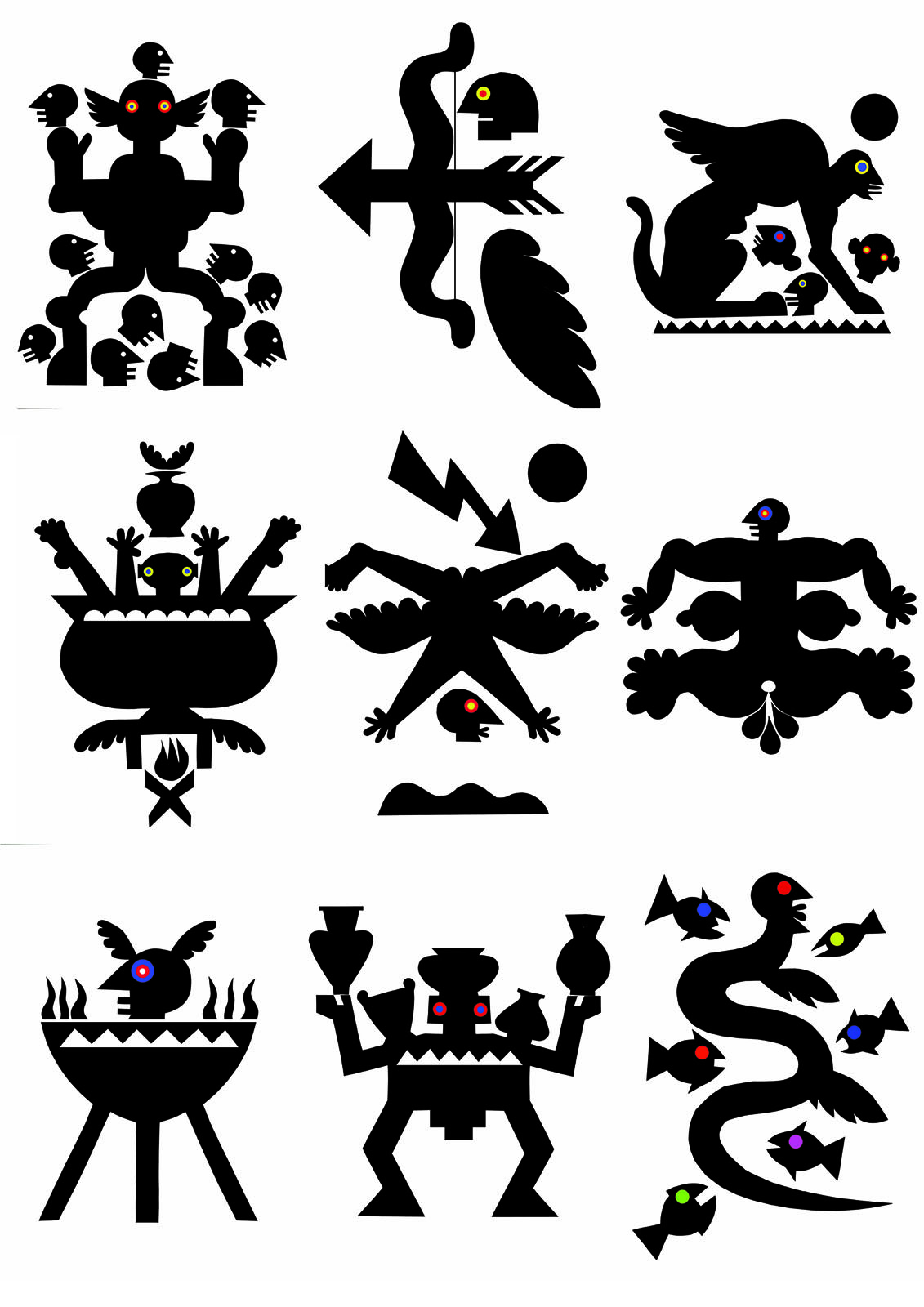
![Daniel Zarewicz - Born in 1977. Classical philologist. 2002 – master’s degree, on the basis of the first Polish translation of The Orphic Hymns. 2013 – doctorate, with the dissertation Przywoływanie Bogów – mit, magia, misteria w starożytnej Grecji – studium religijności starożytnych Greków [Invoking the Gods – Myth, Magic and Mysteries in Ancient Greece – a Study of the Religious Practices of Ancient Greeks] (published 2017).](https://galeriaart.pl/artists/img/zarewicz_profile.jpg)
